Do wet markets still have a place in Singapore today?
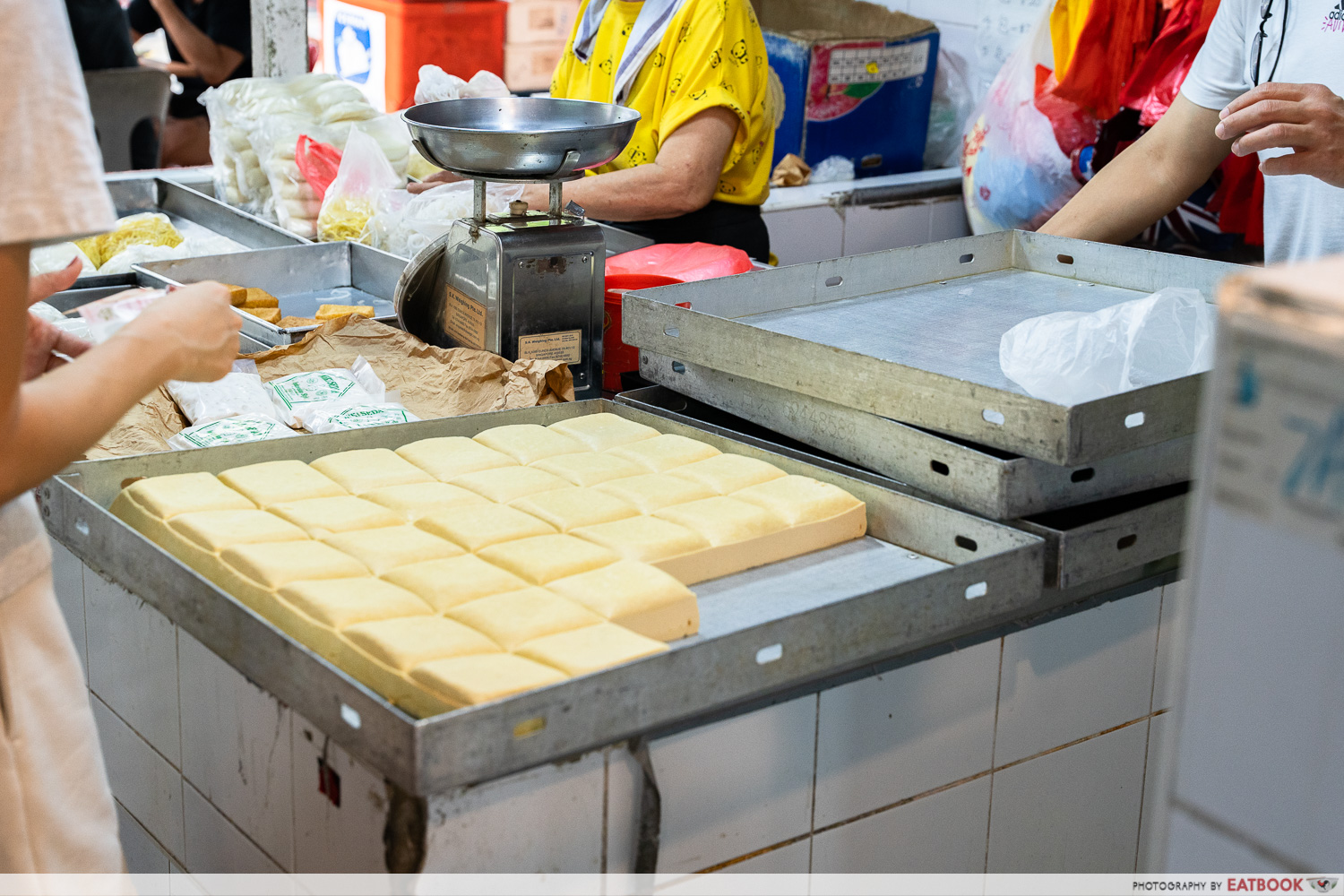
It’s 2025, and I’m back at the wet market for the first time in my 20s. As soon as I join the throngs of aunties and uncles, I’m brought back to my teenage years, when my mother and I would rise with the sun for our Saturday morning ritual: drag our grocery trolley to the neighbourhood wet market, have prata or carrot cake for breakfast, shop for fresh blocks of tofu on metal trays, and stand in line at our favourite poultry stall.
I loved going to wet markets, but as life moved through different stages, I found myself with more responsibilities and less time to wake up early just for a grocery run. Slowly, I grew out of going to wet markets—until I became an adult who worked closely with food every day. My job as a food writer opened my eyes to a glaring reality: wet markets in Singapore are dwindling, and their place in our society is becoming more tenuous year after year.
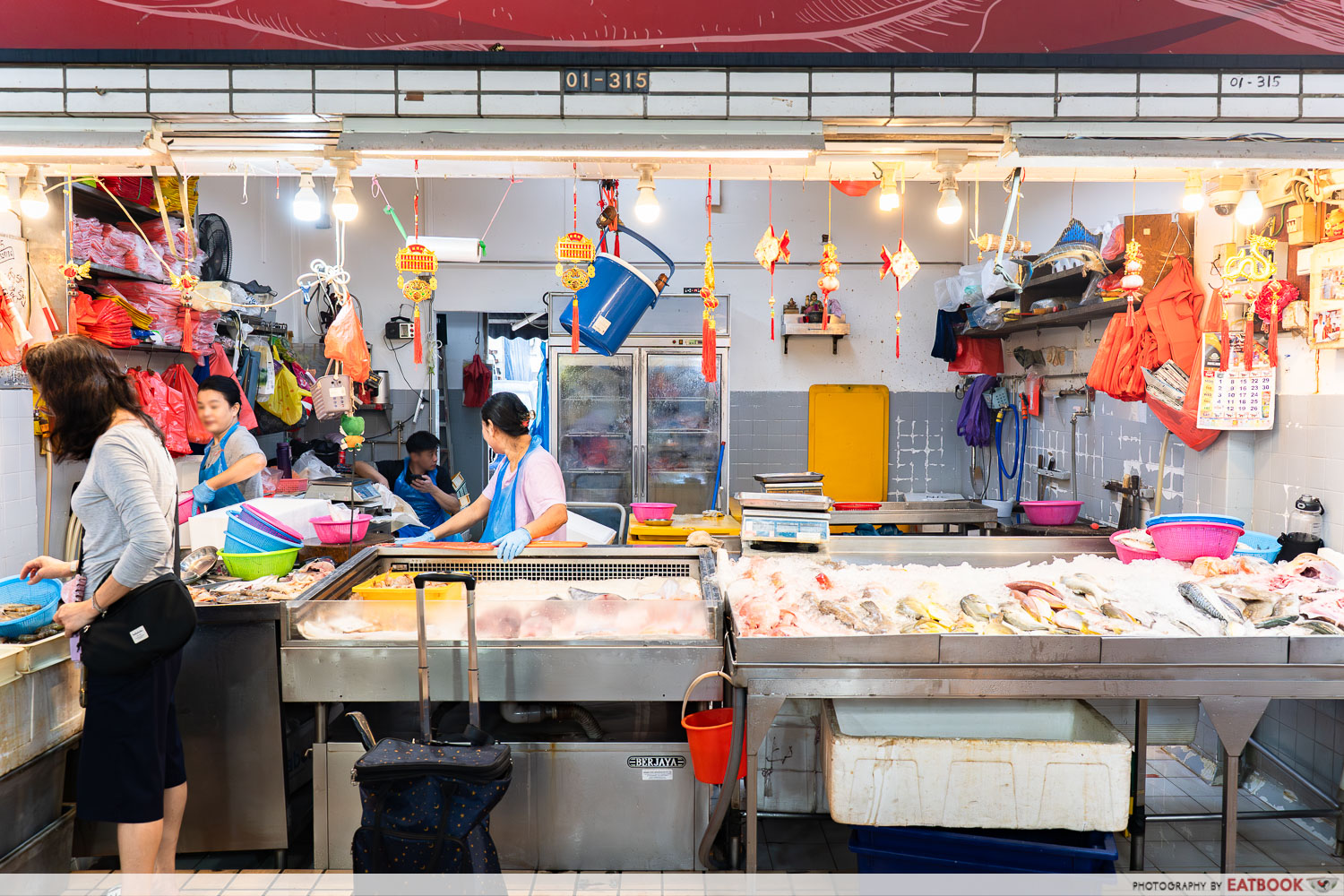
Wet markets have been around in Singapore since 1901, and were the primary way locals would get their fresh produce. The arrival of supermarkets in the ’80s led to a gradual decline in wet markets, as supermarkets offered more modern conveniences.
According to the National Heritage Board (NHB), the “entry of supermarkets in the 1980s and hypermarts in the 1990s to 200s provided stiff competition to wet markets.” A jarring statistic provided by the Singapore Food Agency in an article by The Straits Times reiterates the growth of supermarkets and the decline of wet markets: In 1993, there were 168 supermarkets, and by 2023, the number had increased to a whopping 691.
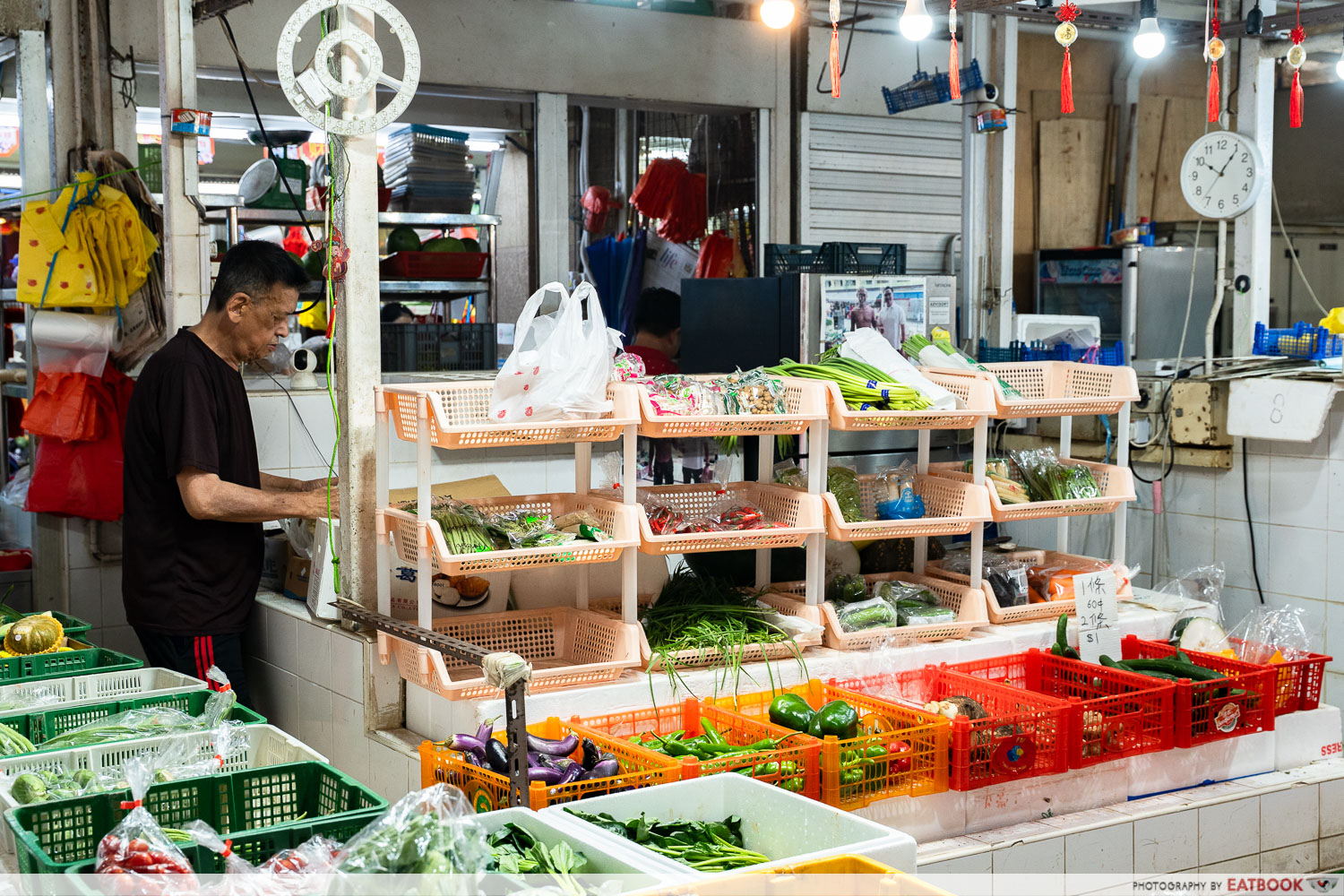
It also doesn’t help that the young generation is reluctant to shop at wet markets. The reasons vary—from having to navigate the maze of stalls selling similar produce, to making the effort to wake up early on the weekend, or simply believing that supermarkets are more convenient.
As a result, wet markets seem to be dying a slow death. But is there hope for their renewed place in contemporary society? To answer this, we look to the past, present, and future.
What our wet markets used to look like
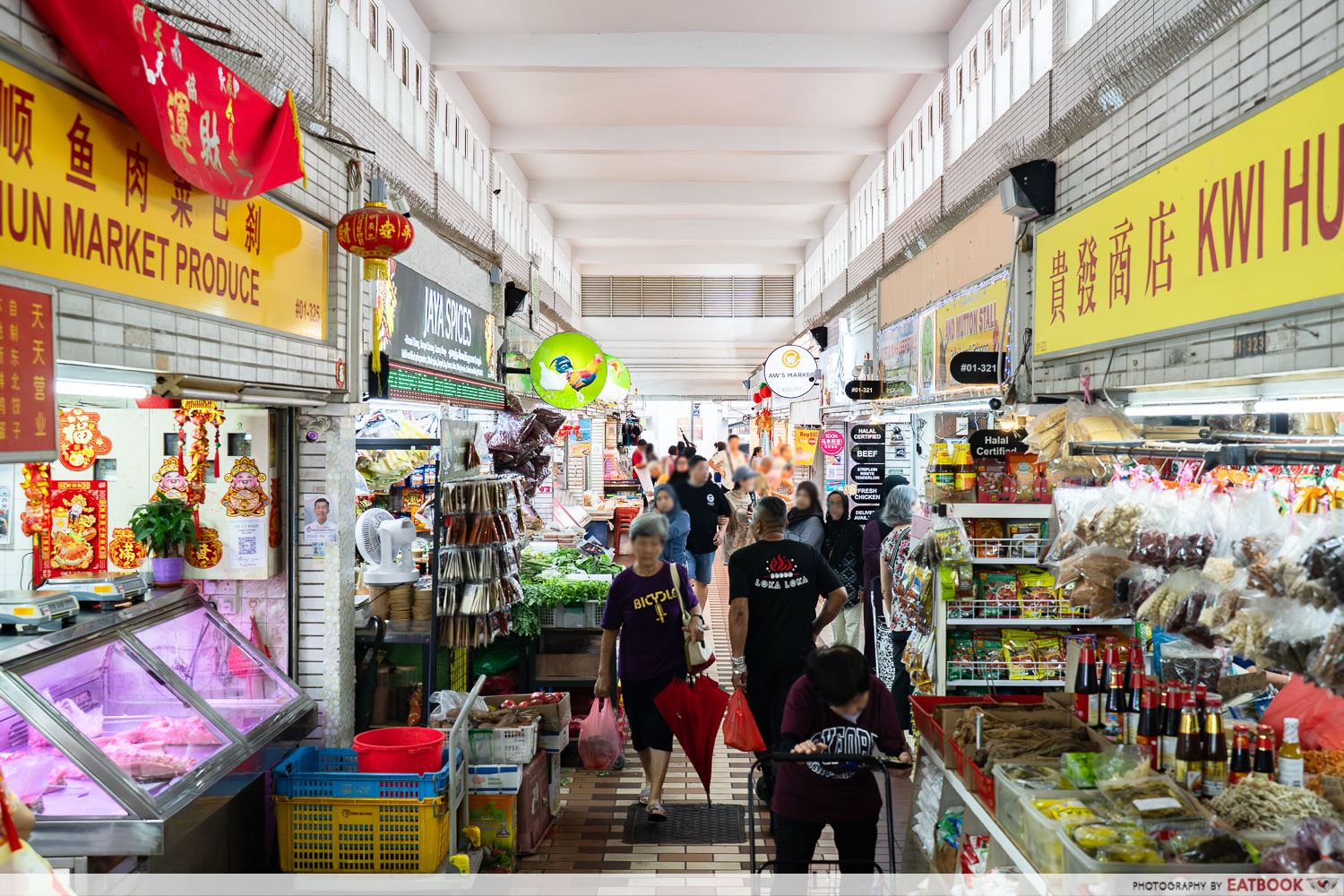
Before we dive into why wet markets are declining in Singapore, we first need to ask why this question matters. Wet markets, in their heyday, used to serve as the bedrock of communities, the locus of our nation’s kampung spirit.
The NHB captures this perfectly: “Wet markets are important social spaces where residents of diverse backgrounds can meet and interact while purchasing cheap and fresh produce as well as household groceries. More specifically, wet markets provide a setting where personal relationships and lasting friendships are forged, not just between residents and stall holders, but also among the residents in the neighbourhood.”
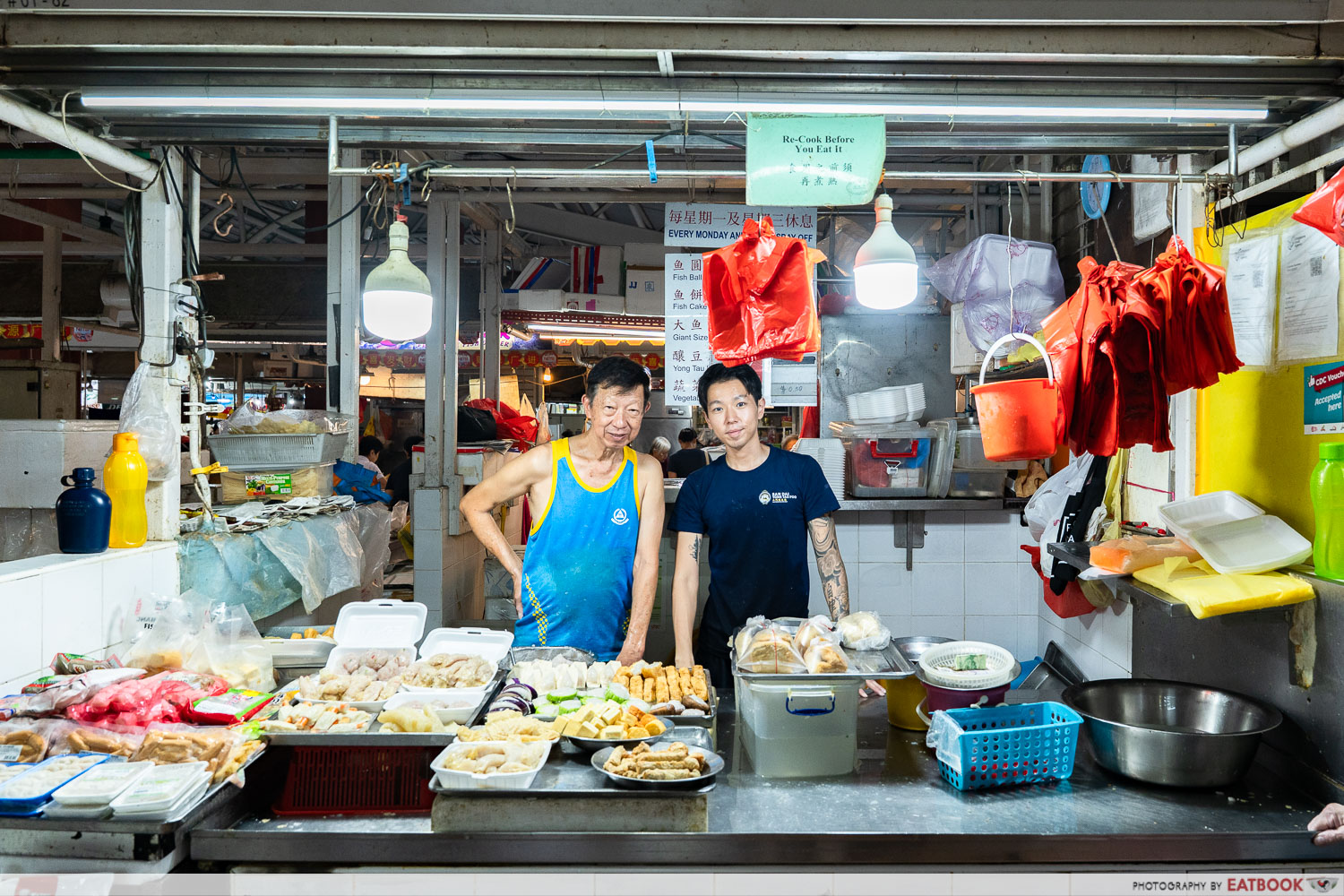
This sentiment surfaced during my conversation with Delonix Tan, who runs SanDai Fishball with his parents in Toa Payoh at the young age of 27. His grandfather started the stall in the 1960s, and Delonix has been in the business for over seven years now. Having grown up in the wet market, he reminisced about the good old days, describing it as an “unspoken community”—something rarely found in our hyper-connected, highly digitised society today.
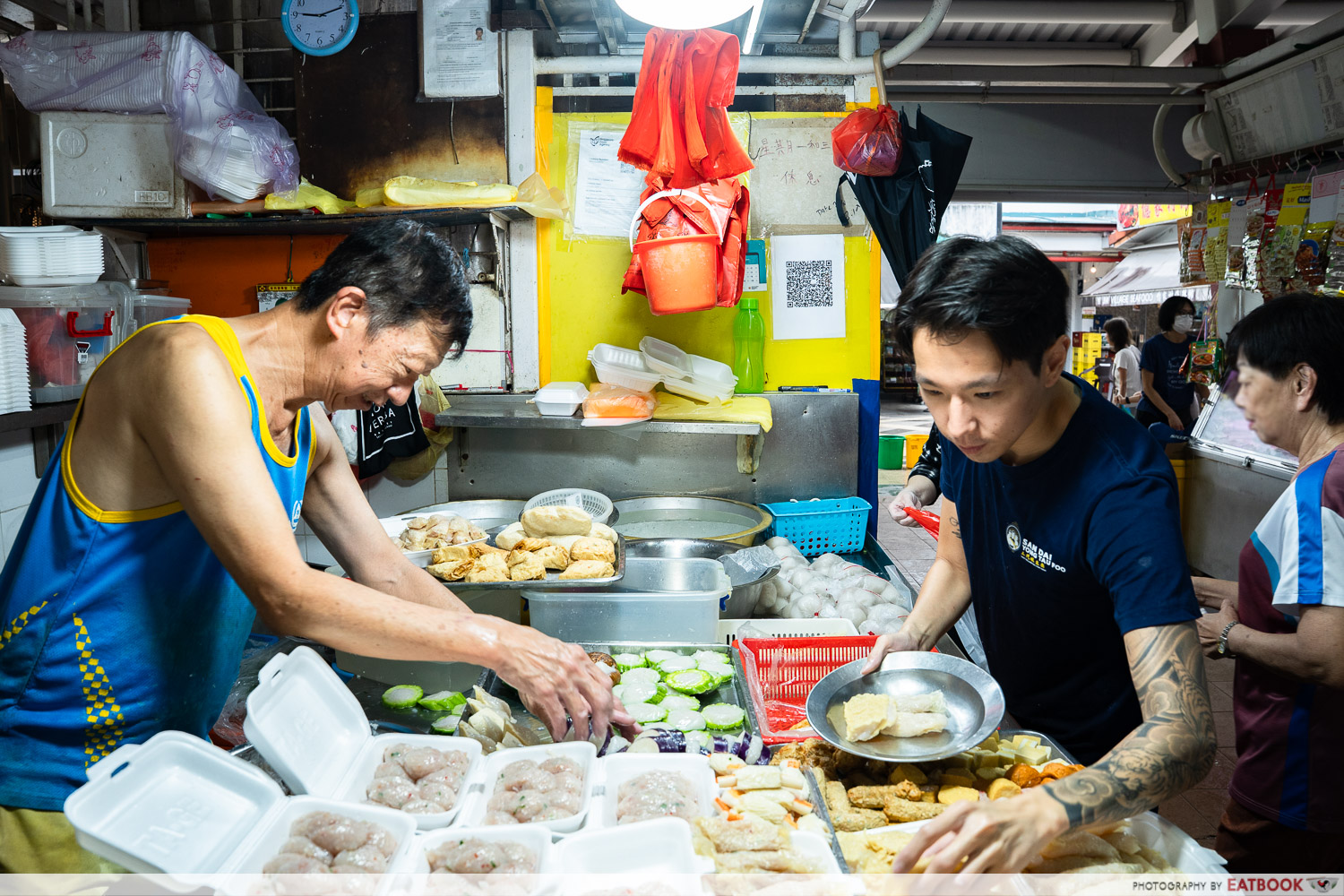
“When you slow down, there are a lot of memories and interactions with the community here,” said Delonix. “It’s like a kampung. It’s a community.”
“It’s like a kampung. It’s a community.”
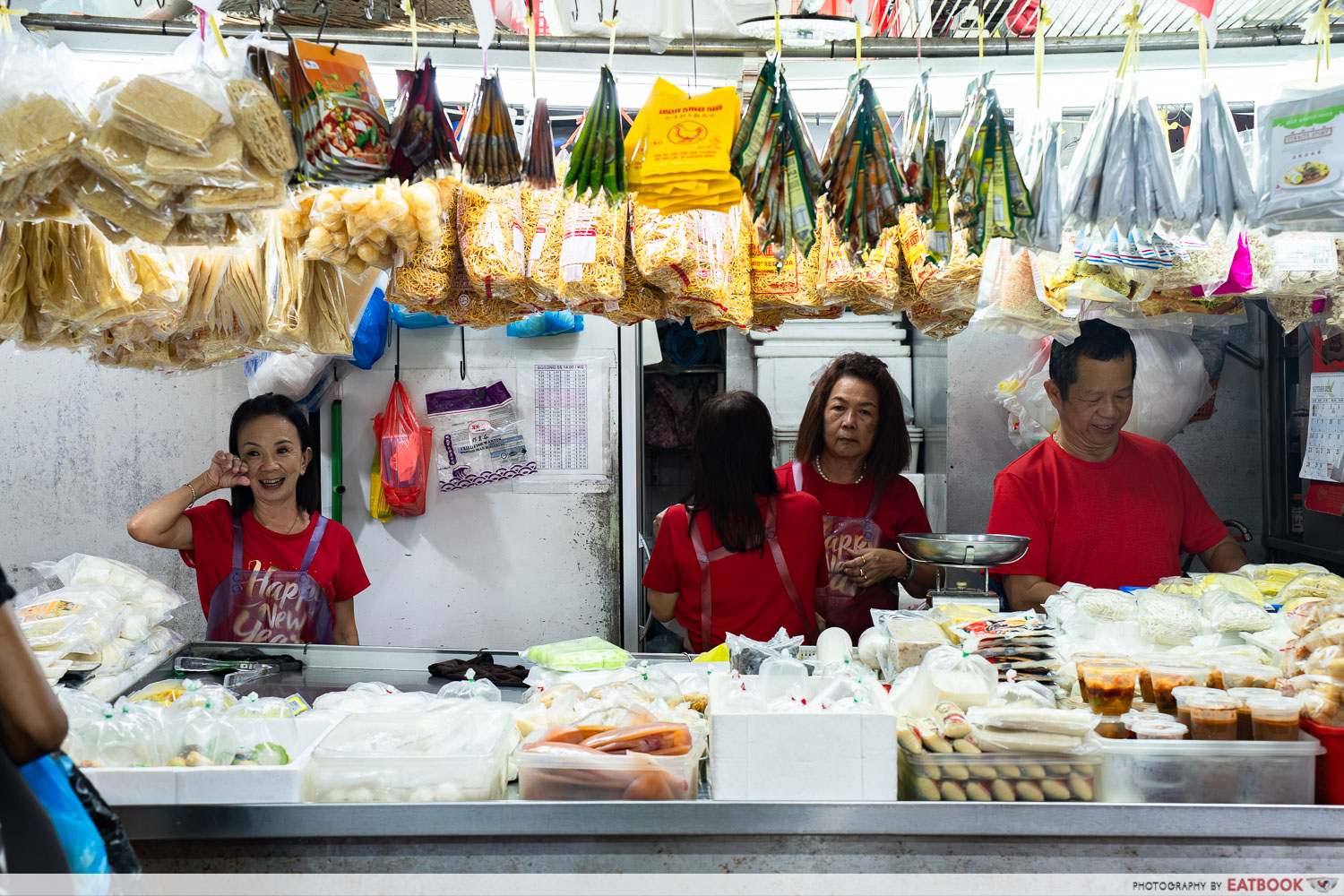
Even those from the pioneer generation who grew up in the kampung saw wet markets as places where that spirit endured amid a rapidly urbanising, post-independence Singapore.
Anna Ling, an 81-year-old wet market patron who has shopped there all her life, shared that these spaces were both functional and emotional hubs.
“You know your stall owners. They look out for you and recommend produce. You build that rapport, and sometimes, they become friends,” she said. “You’d also go there a lot more often because there weren’t supermarkets, so it was your main way of getting produce. When the stall owner sees you almost every day, you become friends.”
“When the stall owner sees you almost every day, you become friends.”
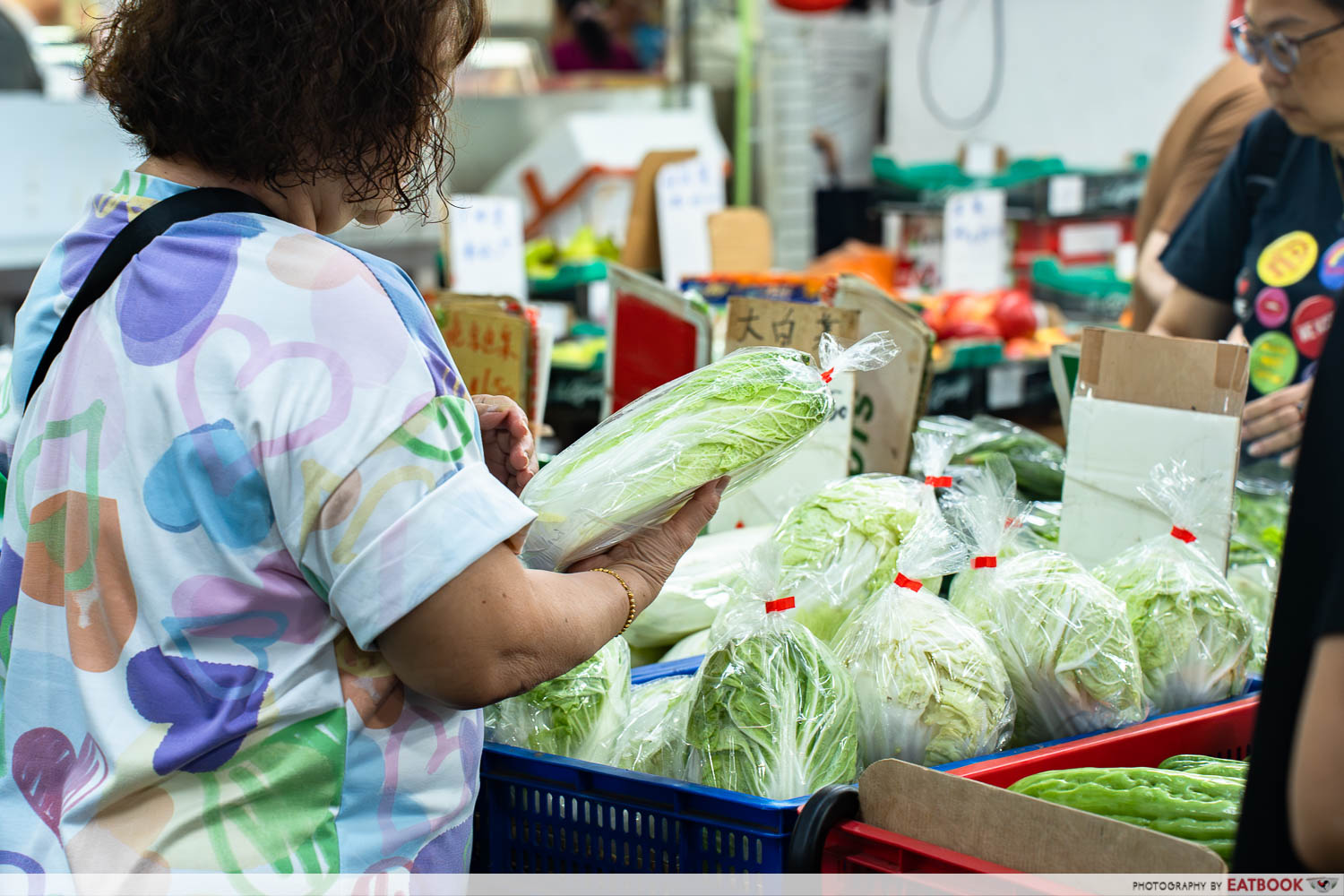
Anna’s regular visits to the wet market are driven by more than just friendships. She explains that she feels the produce is fresher, even though most items aren’t necessarily cheaper. “I am able to touch the produce and interact with the stall owner to get a sense of when the items arrived. It’s more sensory. At supermarkets, everything is in wrappers, so you just have to “eye power” and trust that what you get is fresh.”
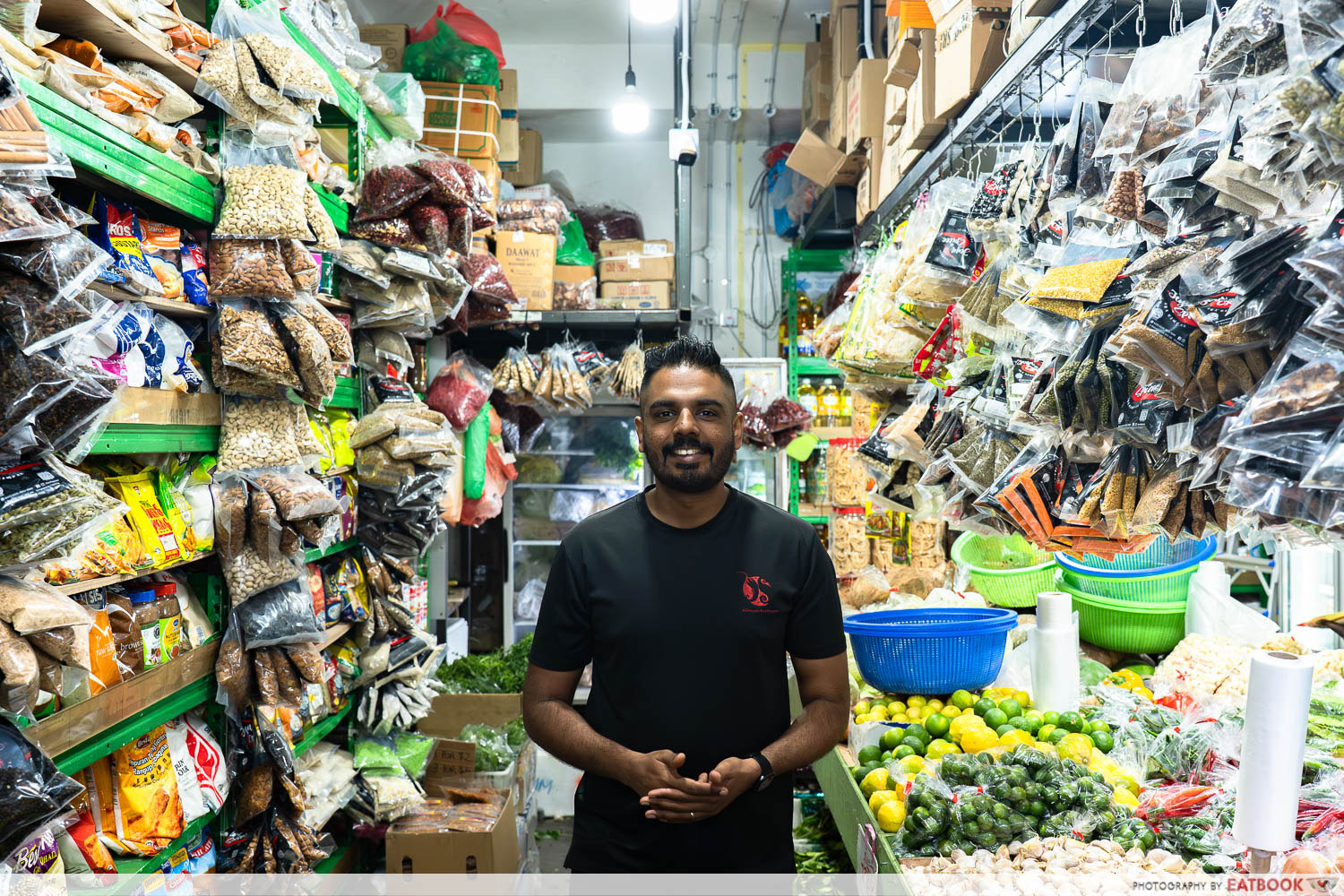
Jeya Seelan, the youngest traditional spice stall owner in Singapore, shares similar sentiments about how wet market stalls have an edge over supermarkets when it comes to freshness. The 30-year-old runs Jeya Spices, a popular third-generation stall in Yishun that sells both spices and fresh produce.
“It’s because of the freshness, which is the most important. We get new vegetables every day, and some are from nearby Malaysia or India,” he said.
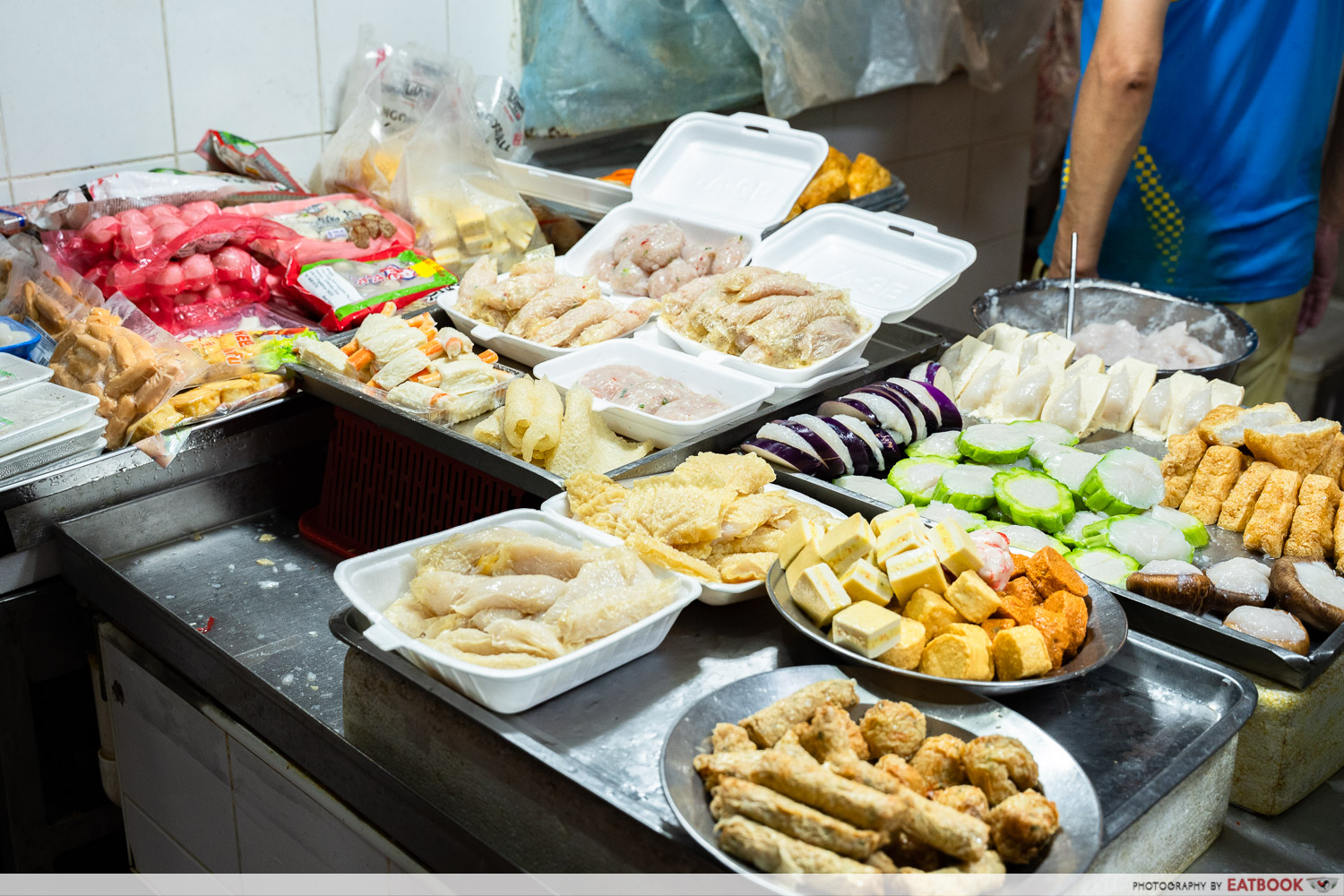
Speaking of freshness, where else can you find freshly made fishballs and yong tau foo in Singapore? You won’t see anyone making fishballs on the spot at a supermarket—but at selected wet markets, such as Kim Keat Palm Market, home to SanDai Fishball, you still can.
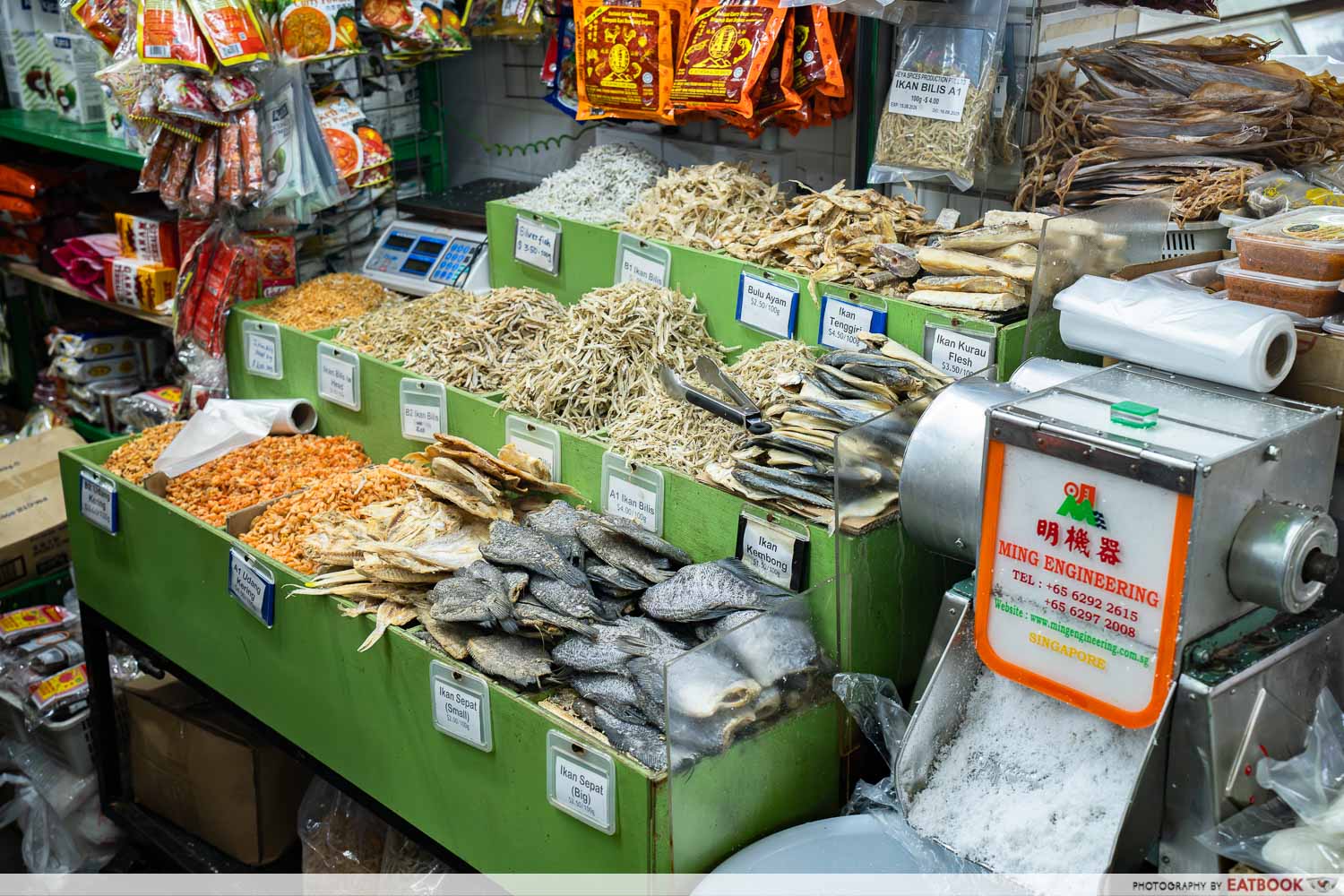
While wet markets are vital in bringing fresh food to our tables, their presence feels increasingly fragile as more shoppers turn to supermarkets and online grocers. So why are the very places that champion farm-fresh, regional produce disappearing?
An uphill battle to stay relevant
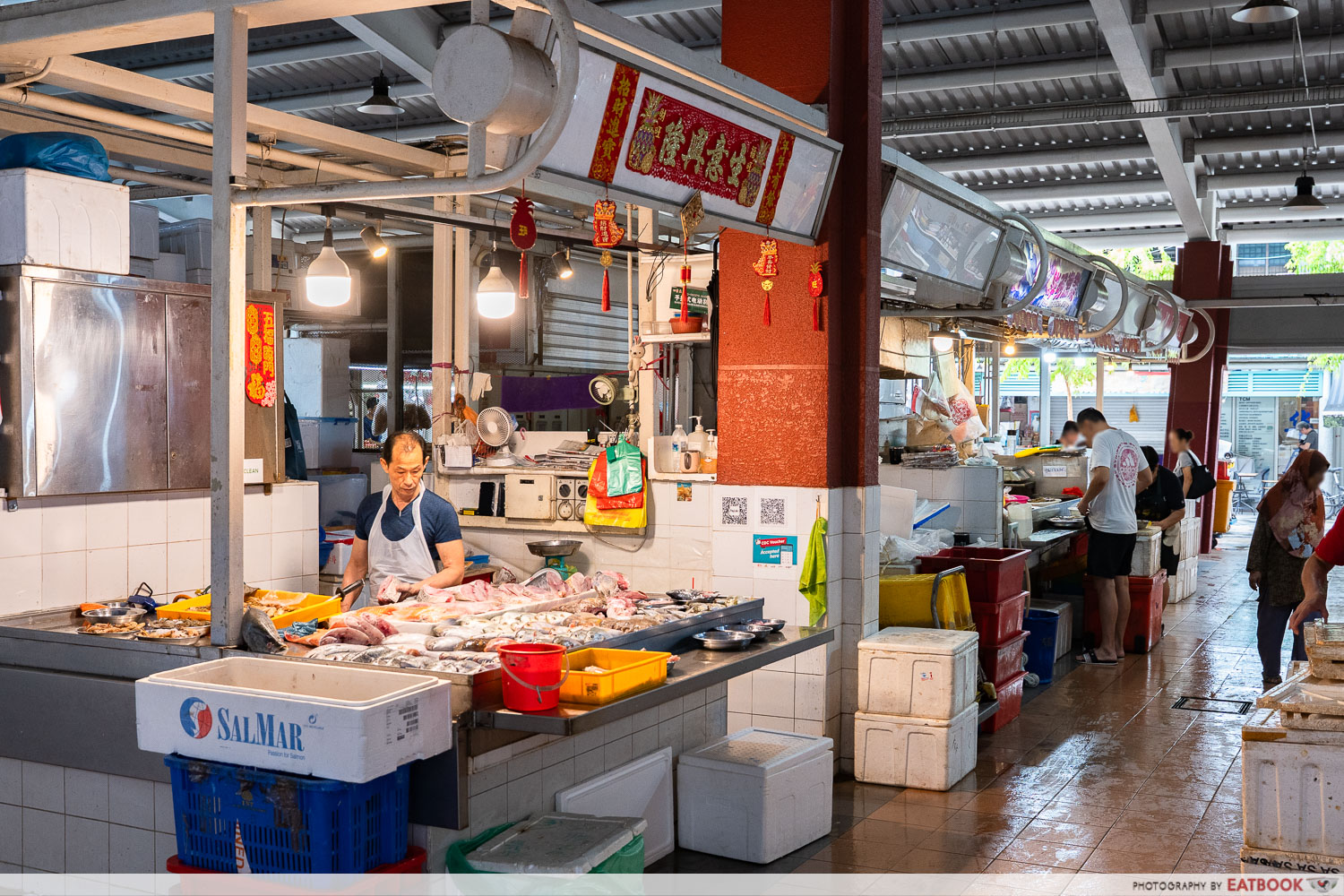
The answer is simple: the younger generation neither wants to visit wet markets nor take over the business of running these stalls.
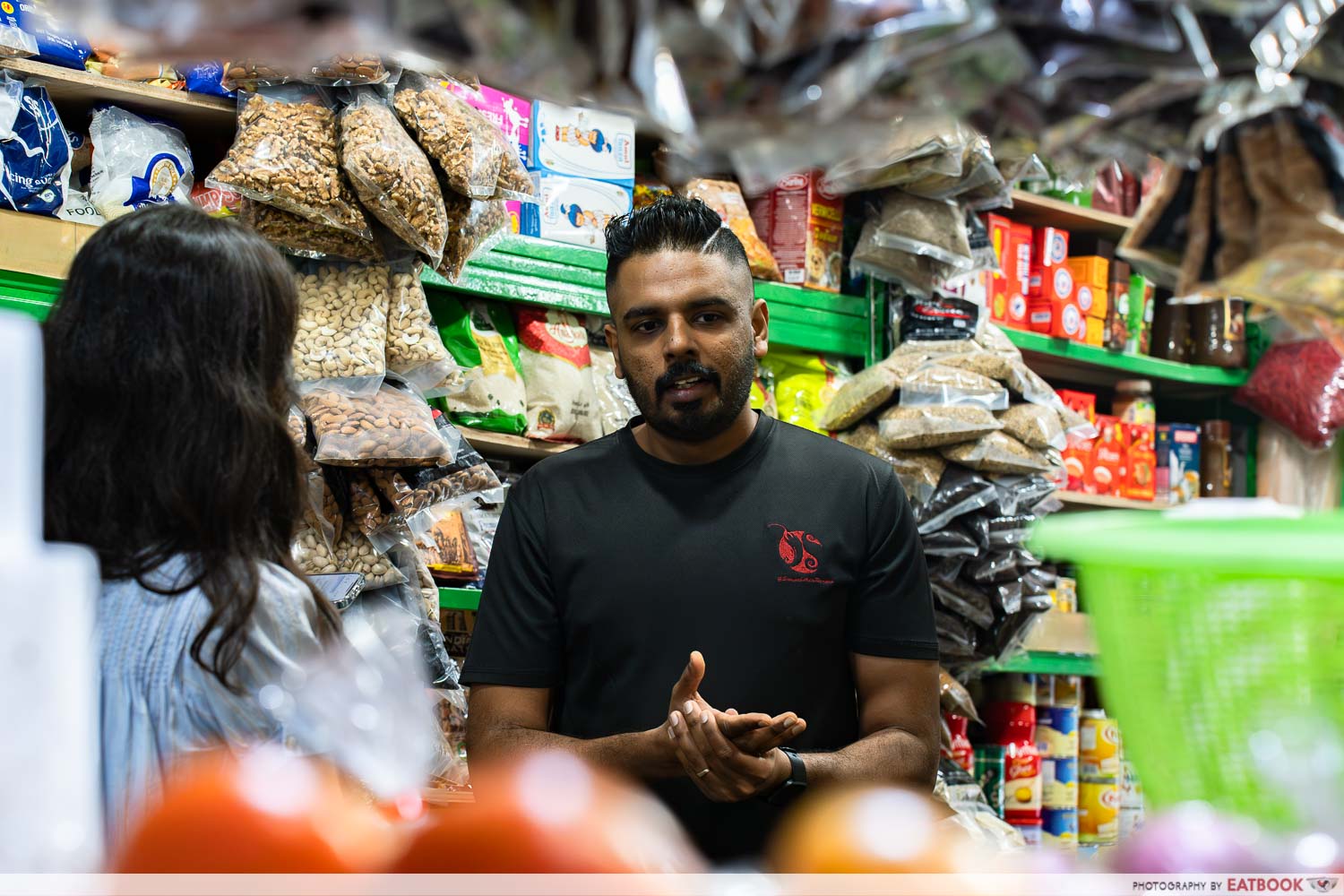
“If you take a look at the demographic right now, most of our customers are roughly in their 50s. I get 15% to 20% of younger customers because I make a concerted effort to attract them,” Jeya Seelan said. “But even then, it’s not enough. The older folks will eventually pass on, and we need younger customers to replace them.”
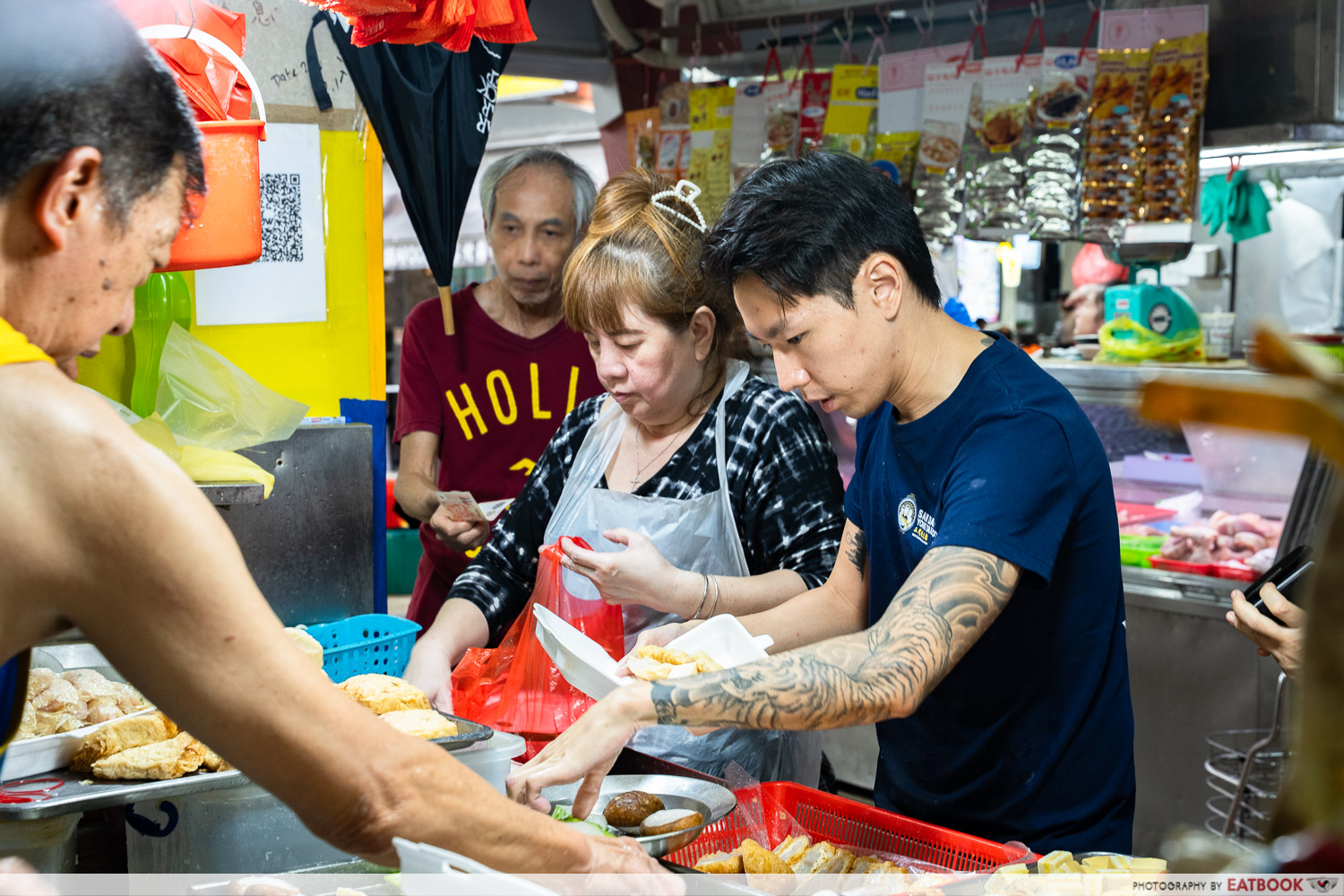
It’s an uphill battle for stall owners to attract and retain young customers while making sure that someone is willing to take over the stall. This explains why young stallowners like Delonix are a gem that strikes true.
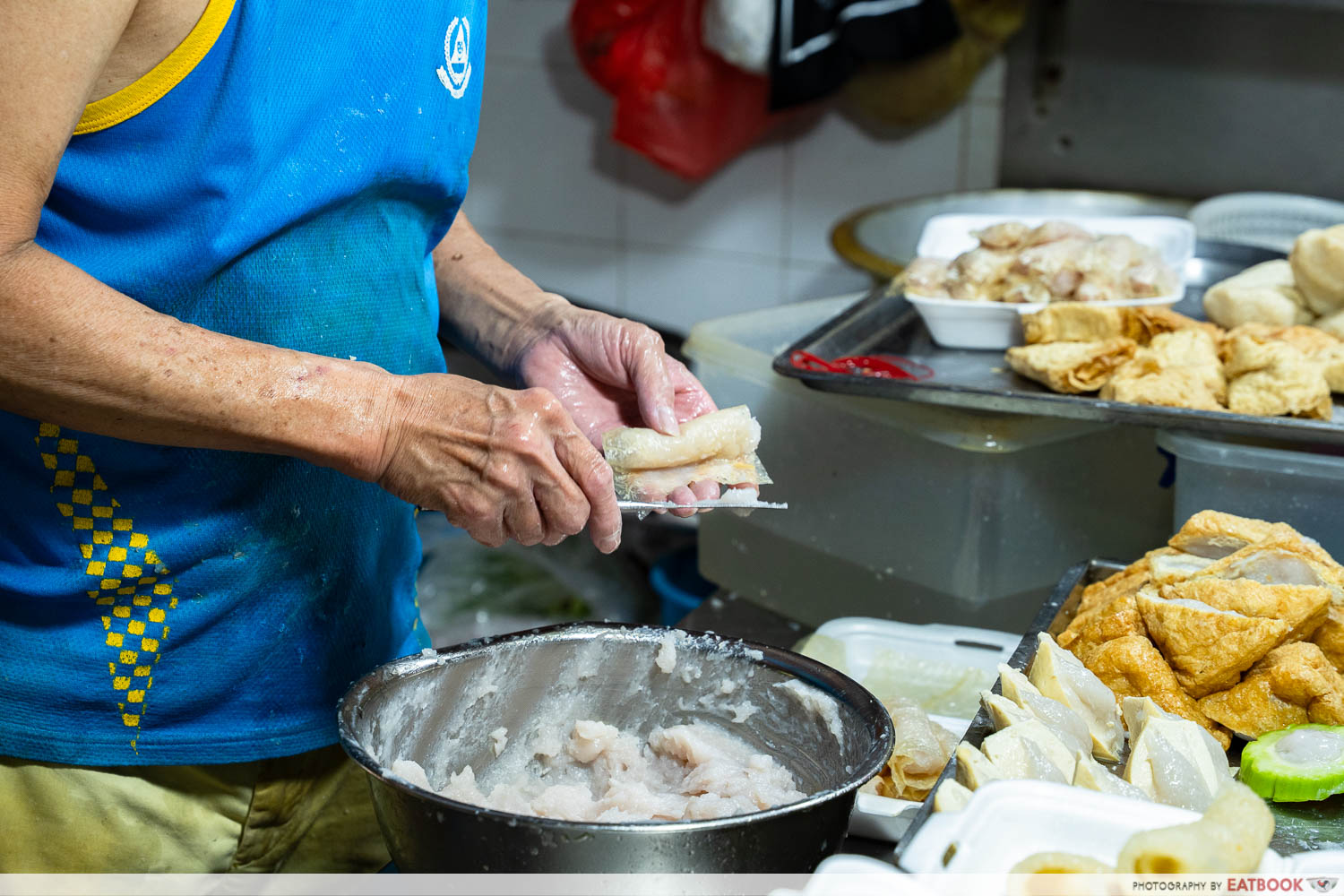
“The wet market is part of our Singaporean culture, but slowly it’s dying off, and I find it really sad. This is me doing all I can to preserve my stall,” he explained. “I can’t let it go because there are so many emotions attached to it—so much history, and so much effort.”
“The wet market is part of our Singaporean culture, but slowly it’s dying off, and I find it really sad. This is me doing all I can to preserve my stall.”
Next-generation stall owners such as Delonix and Jeya are trying to make their stalls appeal to young customers, but this inevitably comes with challenges.

“We don’t get a return. They are not regulars,” explained Jeya. “Coming to the wet market is a chore for them, while for these older folks, it’s part of their routine.”
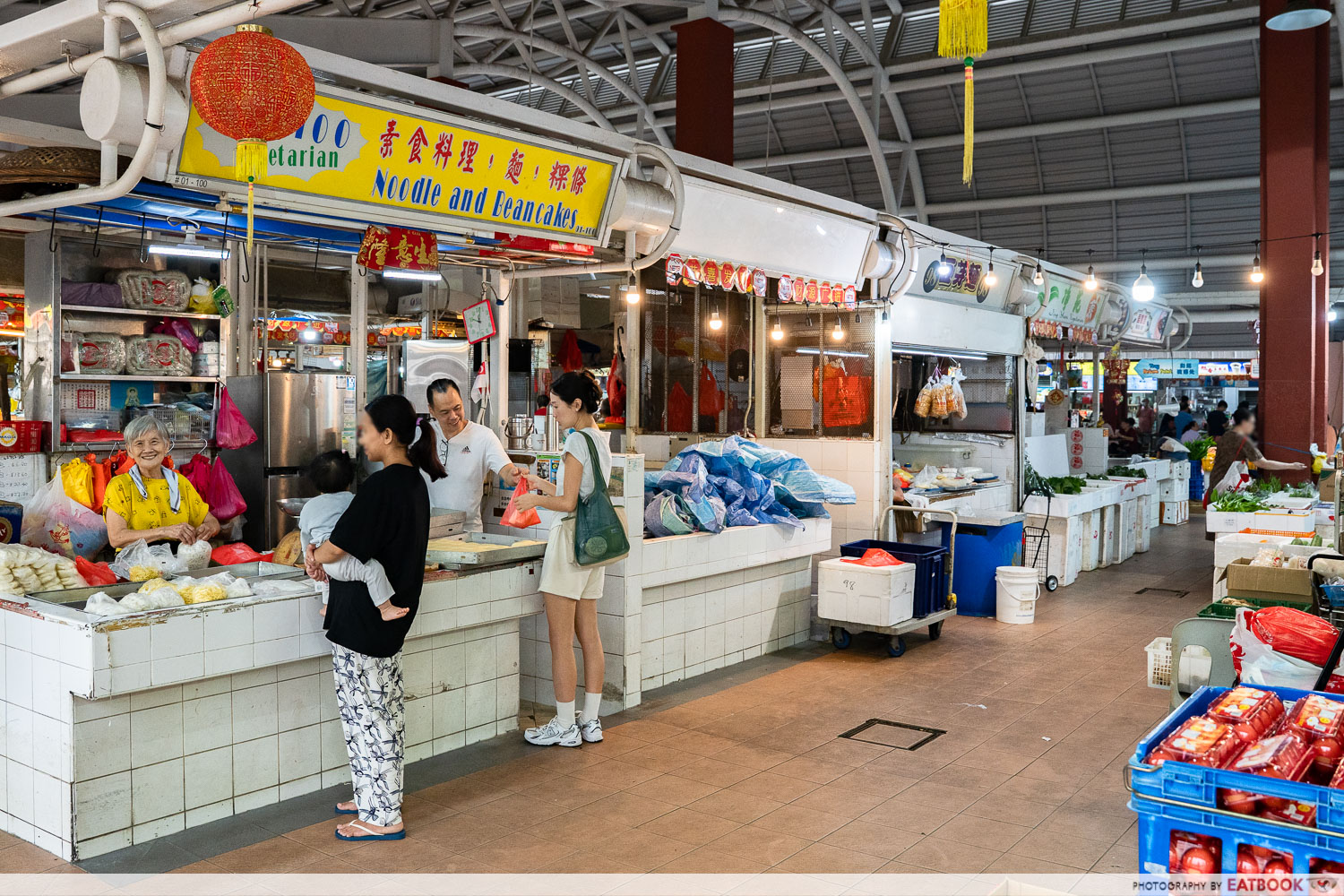
This then brings me to the next question—why are we, as the younger generation in Singapore, so reluctant to shop at wet markets?
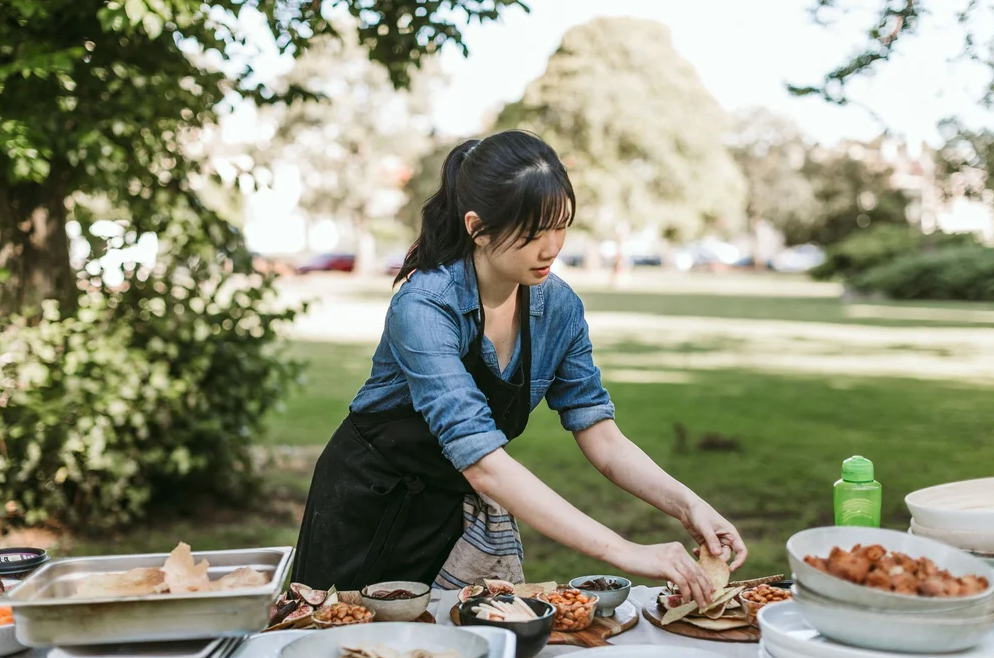 Image credit: Gold & Grit Photography
Image credit: Gold & Grit Photography
Pamela Chia, a former chef and the author of Wet Market to Table: A Modern Approach to Fruit and Vegetables, a cookbook spotlighting local wet market produce, chimes in. “The main turnoff for me is that sometimes, because of a lack of labelling, there is almost a lack of transparency. The vendors can set their prices, not just depending on the day, but depending on the customer. For young people who don’t really know the market rate, it can be a really difficult and awkward, or even negative experience,” she added.
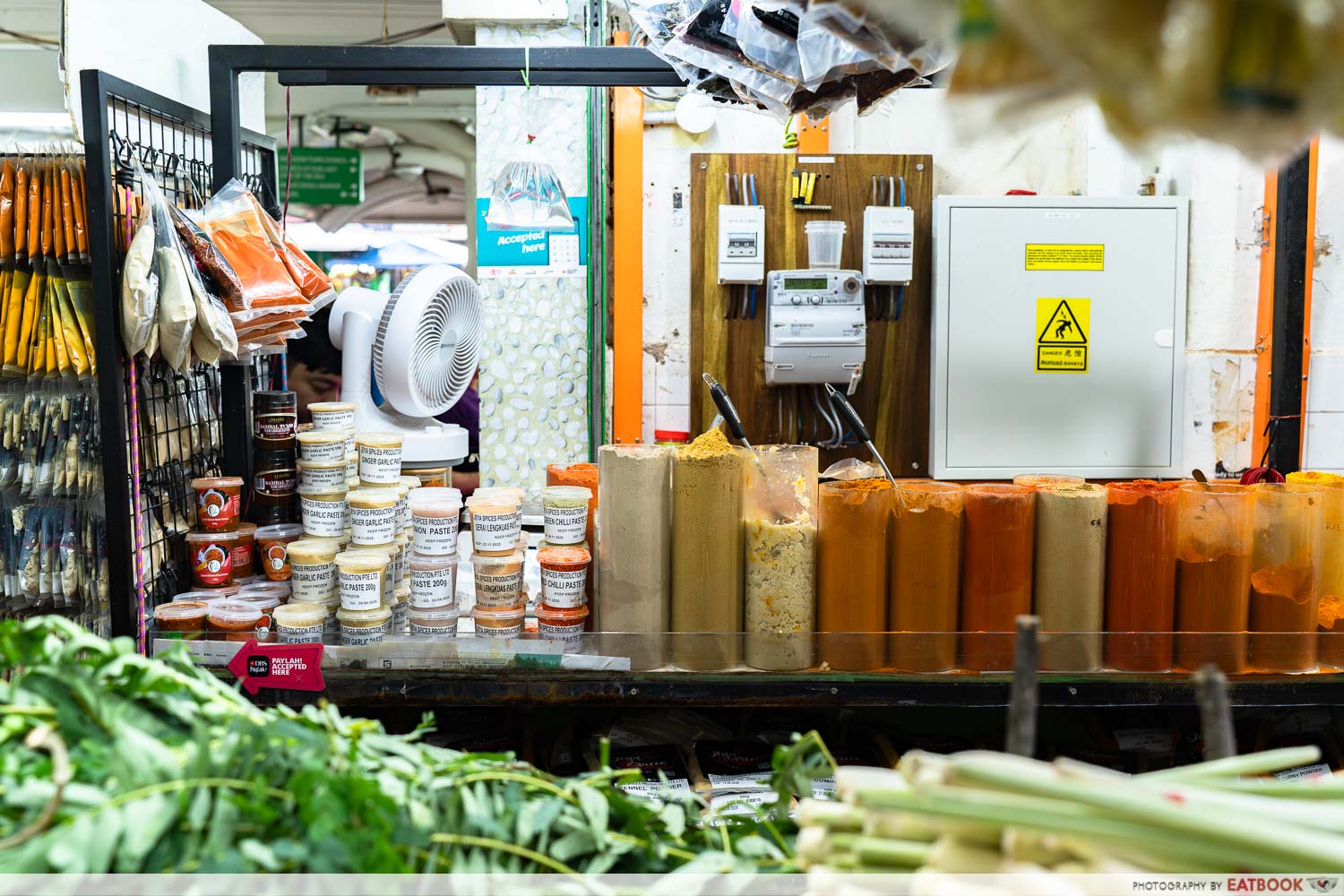
Pamelia explained how, unlike supermarkets, where prices are fixed and items are neatly displayed, wet markets may feel disorganised. “For example, there is no proper signage, and it forces you to have a conversation with the vendors. Sometimes people don’t feel comfortable,” she said.
I see her point—wet markets can be intimidating for first-timers, especially those accustomed to the convenience and anonymity of supermarket shopping.
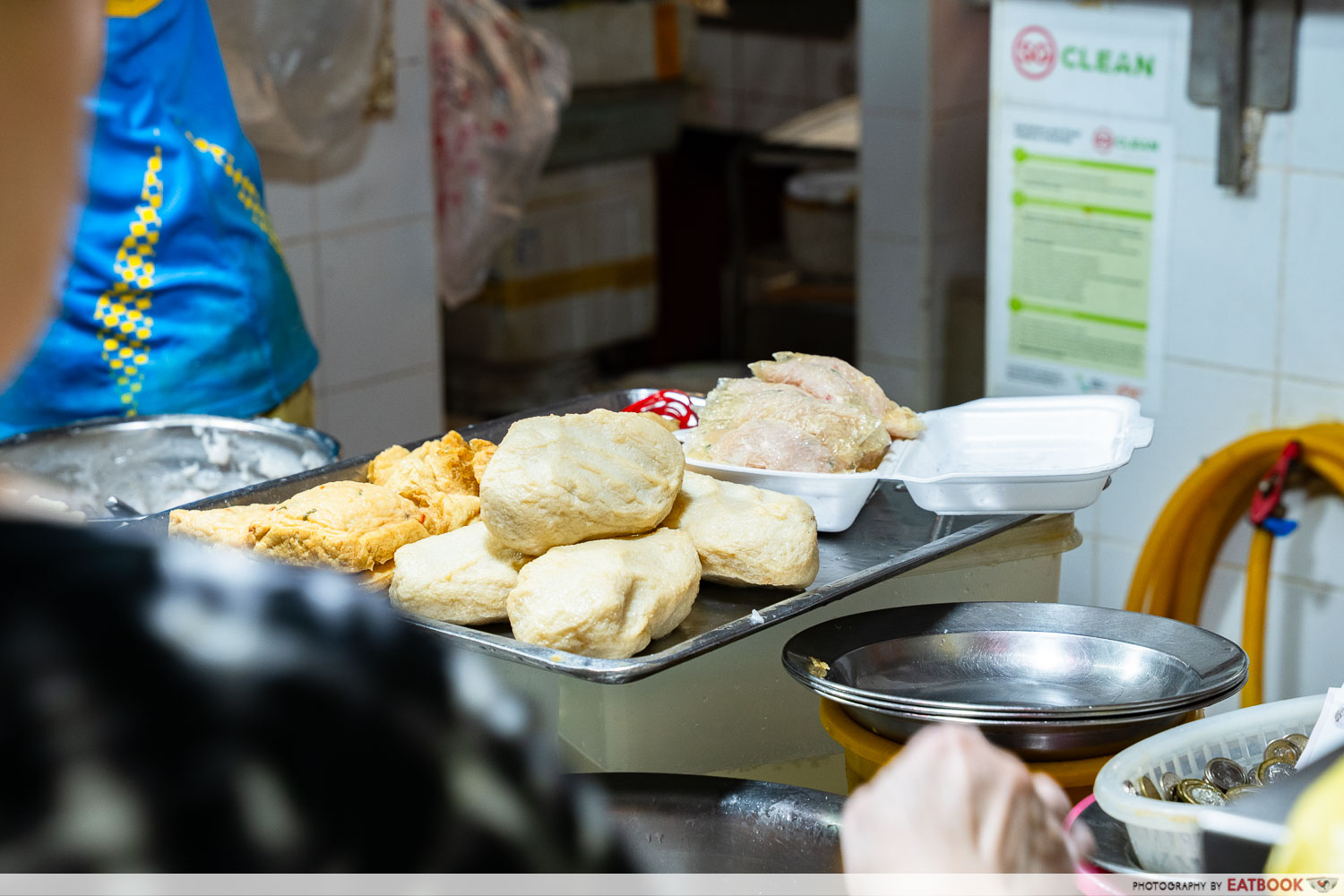
For me, a 28-year-old who works a 9-to-6 job, the issue isn’t so much the bustling atmosphere or inconvenience, but the short operating hours of most wet market stalls. They usually close before I’m done with work, which leaves me no choice but to wake up early on weekends if I wish to get my groceries from them. Alas, we all know that’s easier said than done—the allure of the 24/7 NTUC, a stone’s throw from my house, is often too strong to resist.

Big or small, the reasons behind the younger generation’s reluctance to visit wet markets mean stall owners must constantly find ways to bridge the gap between young shoppers and traditional markets.
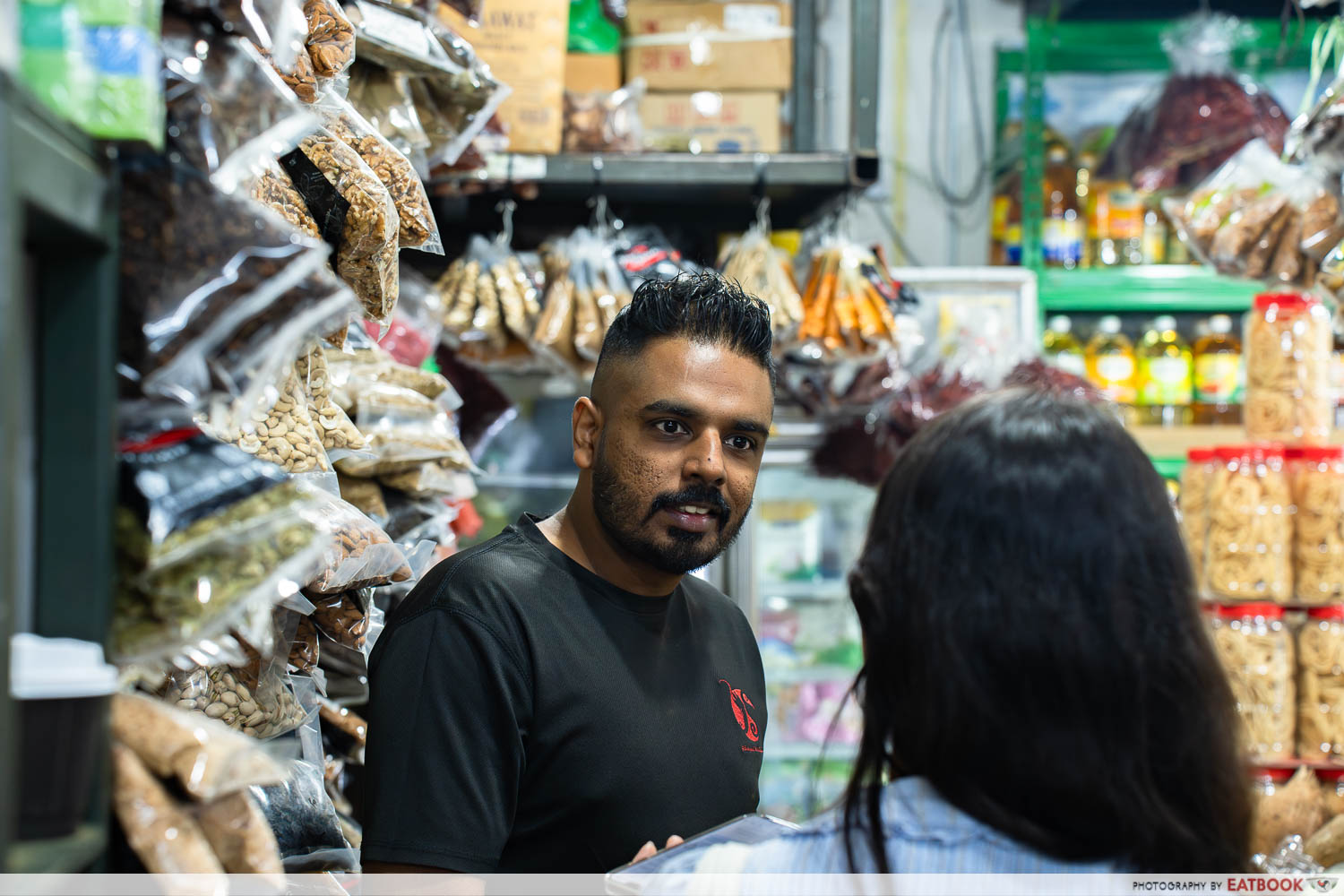
For Jeya, he has been tapping into social media platforms to reach out to younger people, in the hopes that his stall would attract more eyeballs. It has been successful, to a certain extent, as his TikTok account garnered over 11K followers at the time of writing. Jeya also shared that he has been seeing more young faces visiting his stall after going viral on Instagram.
But here’s the thing: social media is tricky. On the one hand, it serves as a temporary solution to attract more young people to wet markets, but alas, it’s short-lived.
Pamelia acknowledges the hidden, detrimental effects of over-relying on social media. “I’m very wary about recommending social media as a way to attract young Singaporeans, just because the wet markets are characterised by a certain sense of things being very organic,” she said. “When you start doing things just to make it more palatable to the younger people, or to make it more Instagram-friendly, I worry that we lose certain parts of that.”
“When you start doing things just to make it more palatable to the younger people, or to make it more Instagram-friendly, I worry that we lose certain parts of that.”
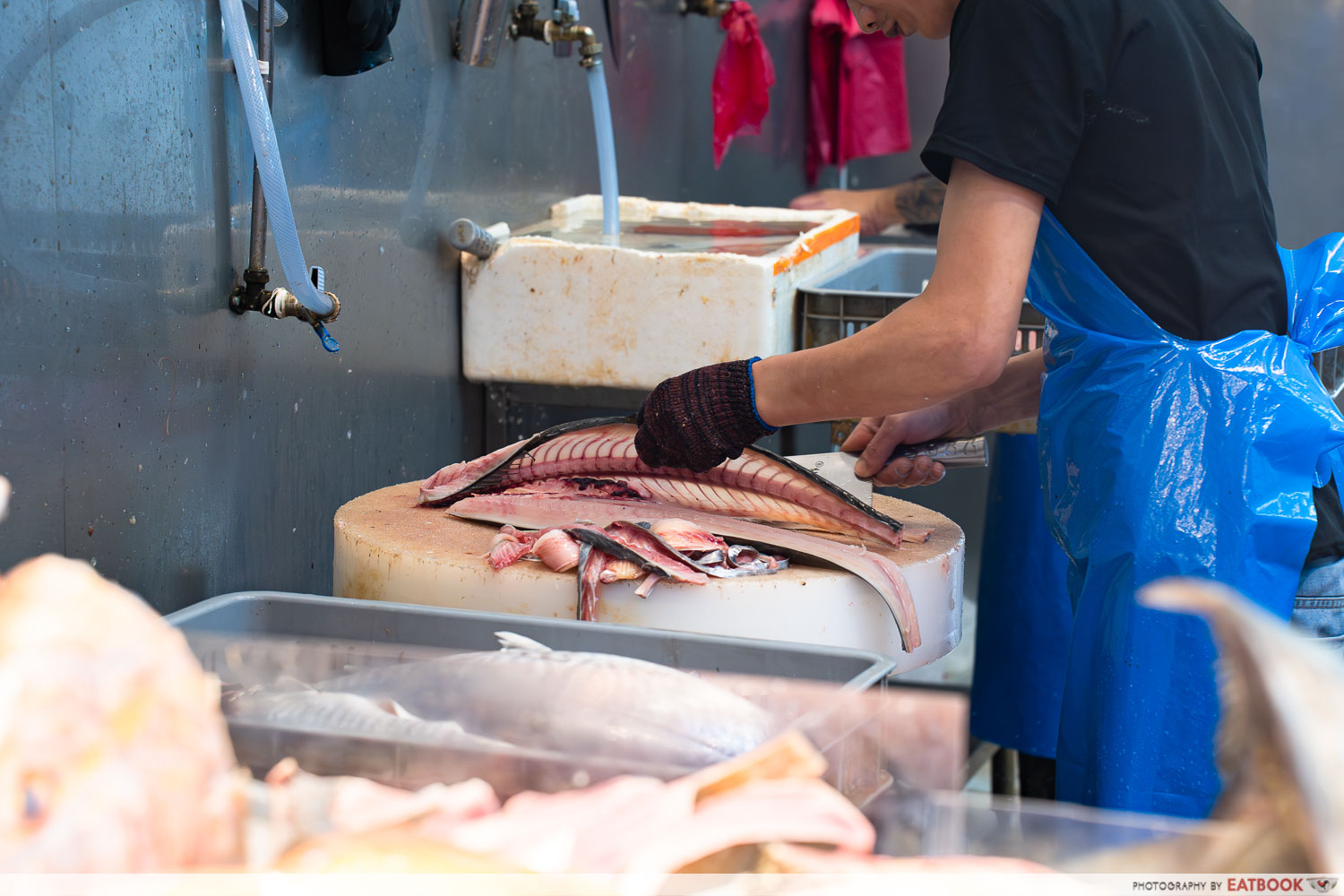
Other creative methods have been used to revitalise the wet market business, and a good example is Dish The Fish. Helmed by Jeffrey Tan, a young vendor who previously ran a stall at Tiong Bahru Market, he understands the needs of young customers, many of whom are turned off by leaking plastic bags with seafood juices. To address this, Jeffrey started vacuum-packing all of his seafood. He didn’t just stop here—he also started marinating the seafood with house-made sauces, so his customers could sort out their meals with nothing more than a boiling pot of water.
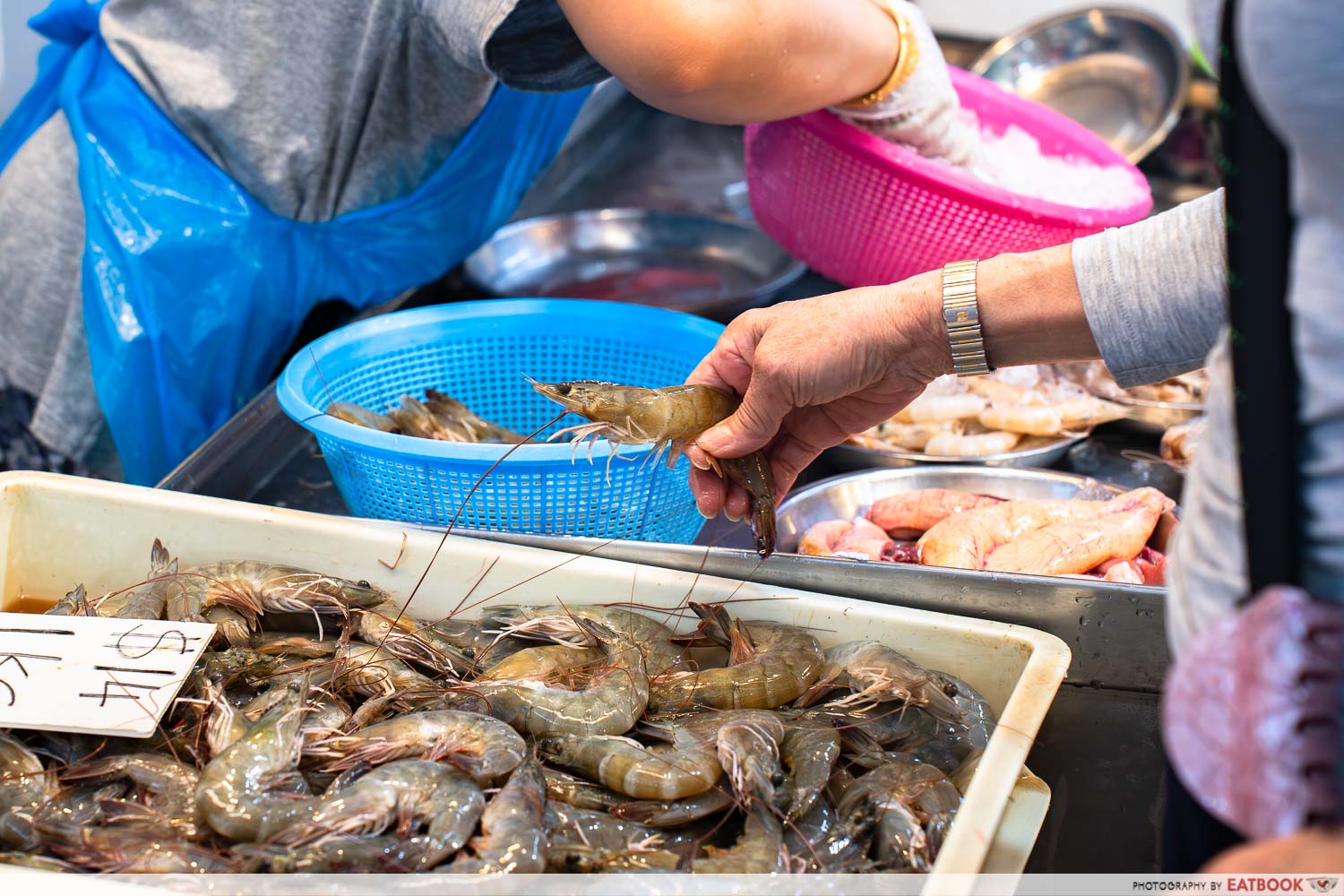
As much as I love going to wet markets, I rarely buy live seafood for fear that the fishy smell might put off anyone walking nearby. But I would gladly shop at stalls like Dish The Fish, which take a modern approach to make grocery shopping at wet markets so much easier.
We need more of these creative, forward-thinking approaches if we want to encourage more young people to shop at wet markets. But is that an achievable goal? More importantly, what does the future hold?
The future of wet markets
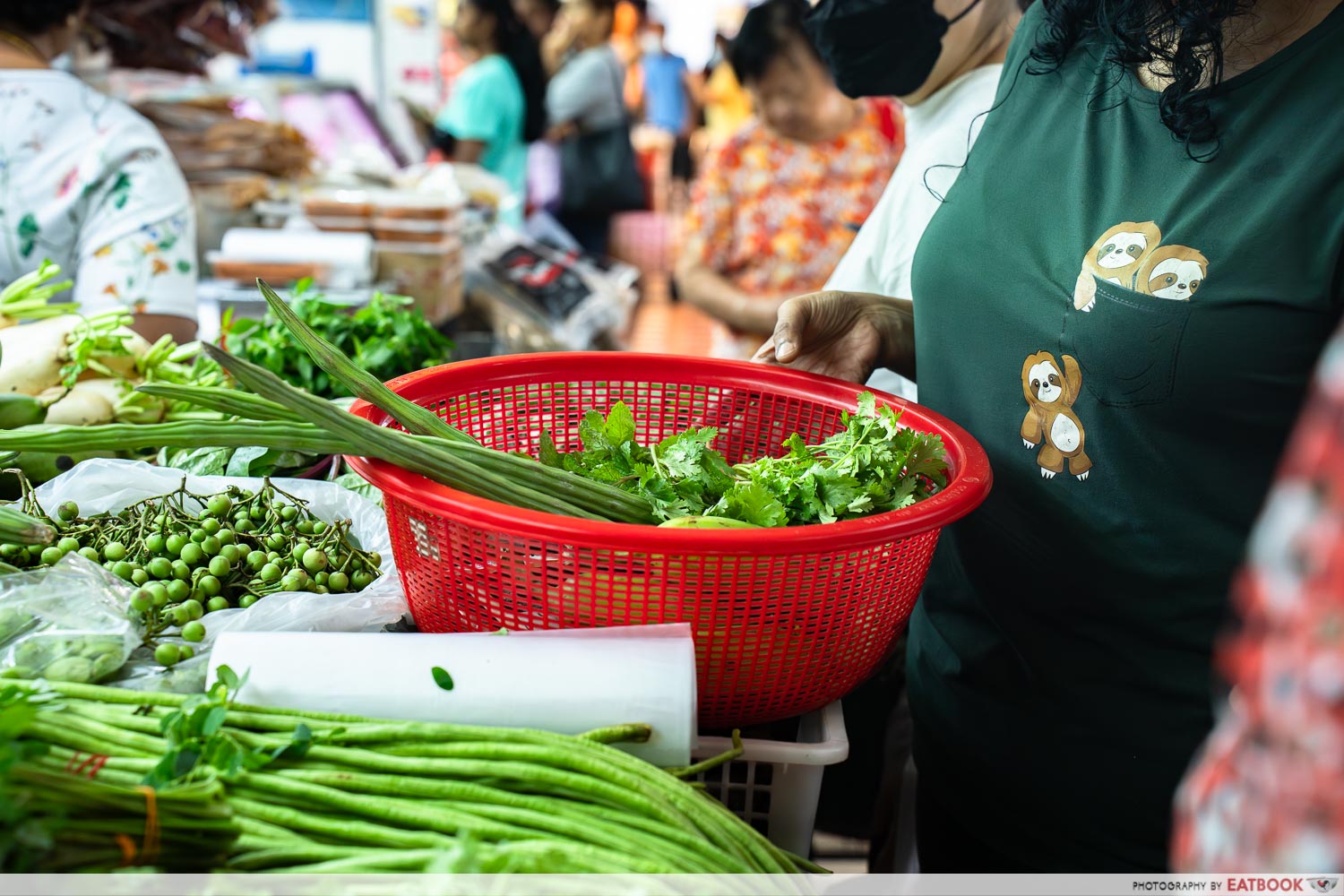
During my interview process with Jeya and Delonix, I was asked the same question by both of them: “What can we do to attract young customers like you?” Sadly, I didn’t have an answer for them.
In other words, even stall owners themselves are uncertain about what the future holds. In the grand scheme of things, it’s hard to say whether wet markets still have a place in the lives of younger Singaporeans.
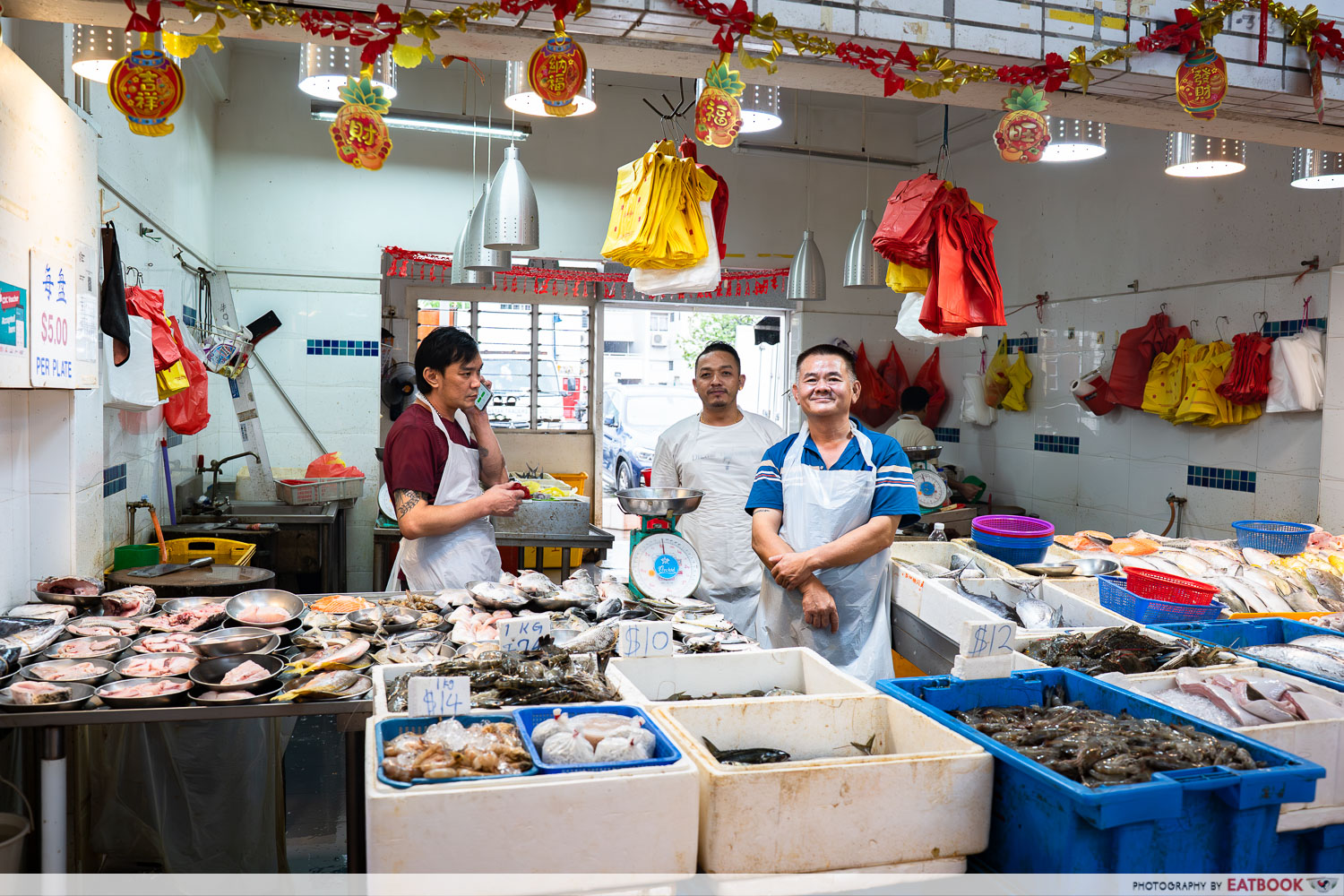
Speaking for the young generation, the biggest appeal of wet markets is that they can serve as a third space for us, or even an antidote to our modern loneliness.
“As our society becomes more urbanised, we are starting to develop what many people have identified as modern loneliness, where people feel very lonely,” Pamelia explained. “They feel like to have a sense of community, they have to spend a lot of money going out and spending on an expensive dinner. But the role of a community space, like the wet market, cannot be overstated.”
“But the role of a community space, like the wet market, cannot be overstated.”
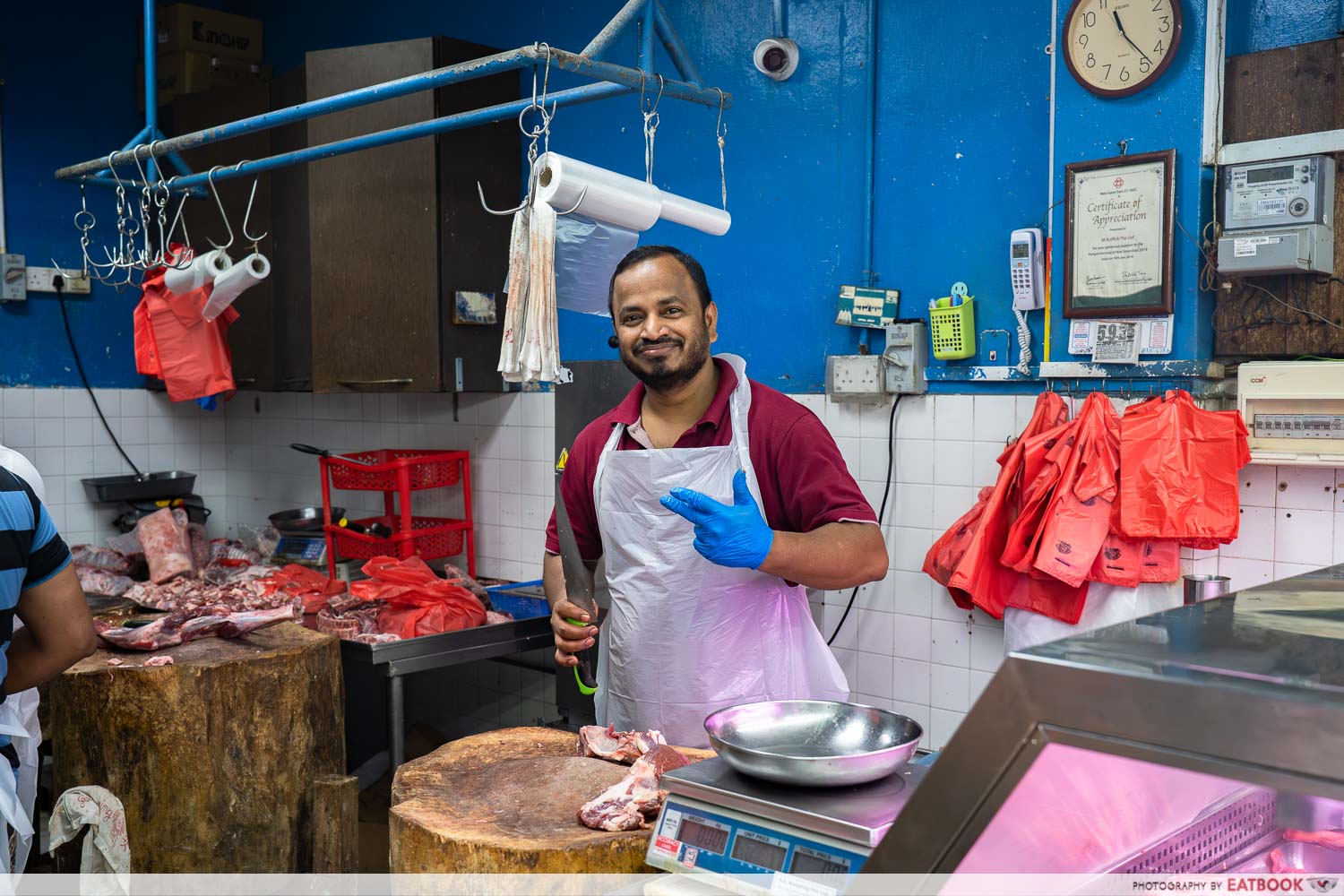
Simply put, forging relationships outside of the digital space doesn’t always have to be dazzling or complicated, and wet markets are a great starting point for reconnecting with your community.
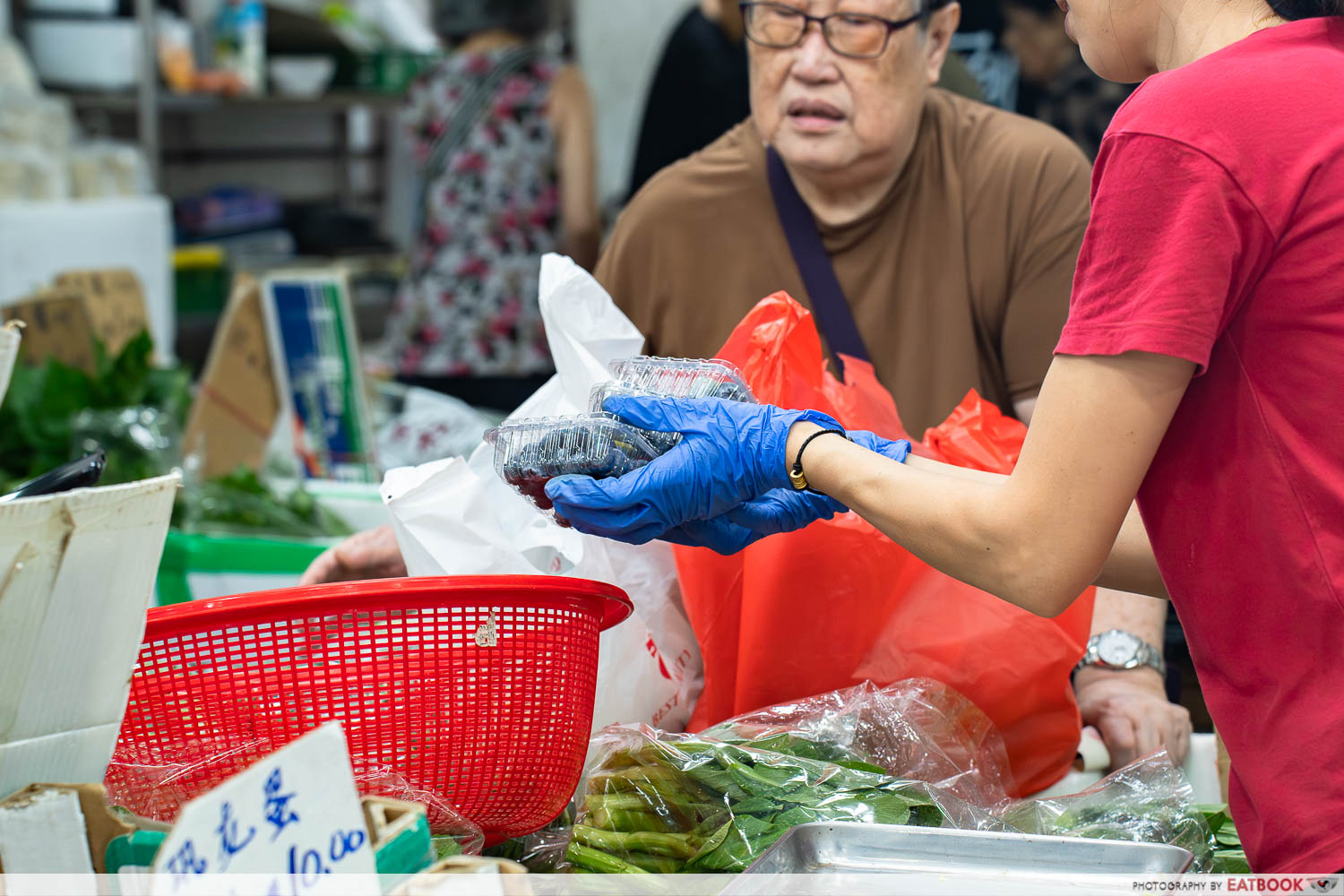
Additionally, for the eco-conscious, shopping at wet markets offers a more sustainable alternative, as bulk sales are often the norm at supermarkets. At wet market stalls, however, you can buy in smaller quantities since items are usually sold by weight. “If, say, you want to buy one potato at NTUC, you usually can’t, because they sell it in packets,” explained Jeya. “When you sell it in packets, you’re forced to get more than what you need. This example applies to almost all vegetables.”
As family units become smaller and more people live alone, these bulk sales often result in food waste—especially since vegetables tend to have significantly shorter shelf lives than other produce, such as meat and spices.
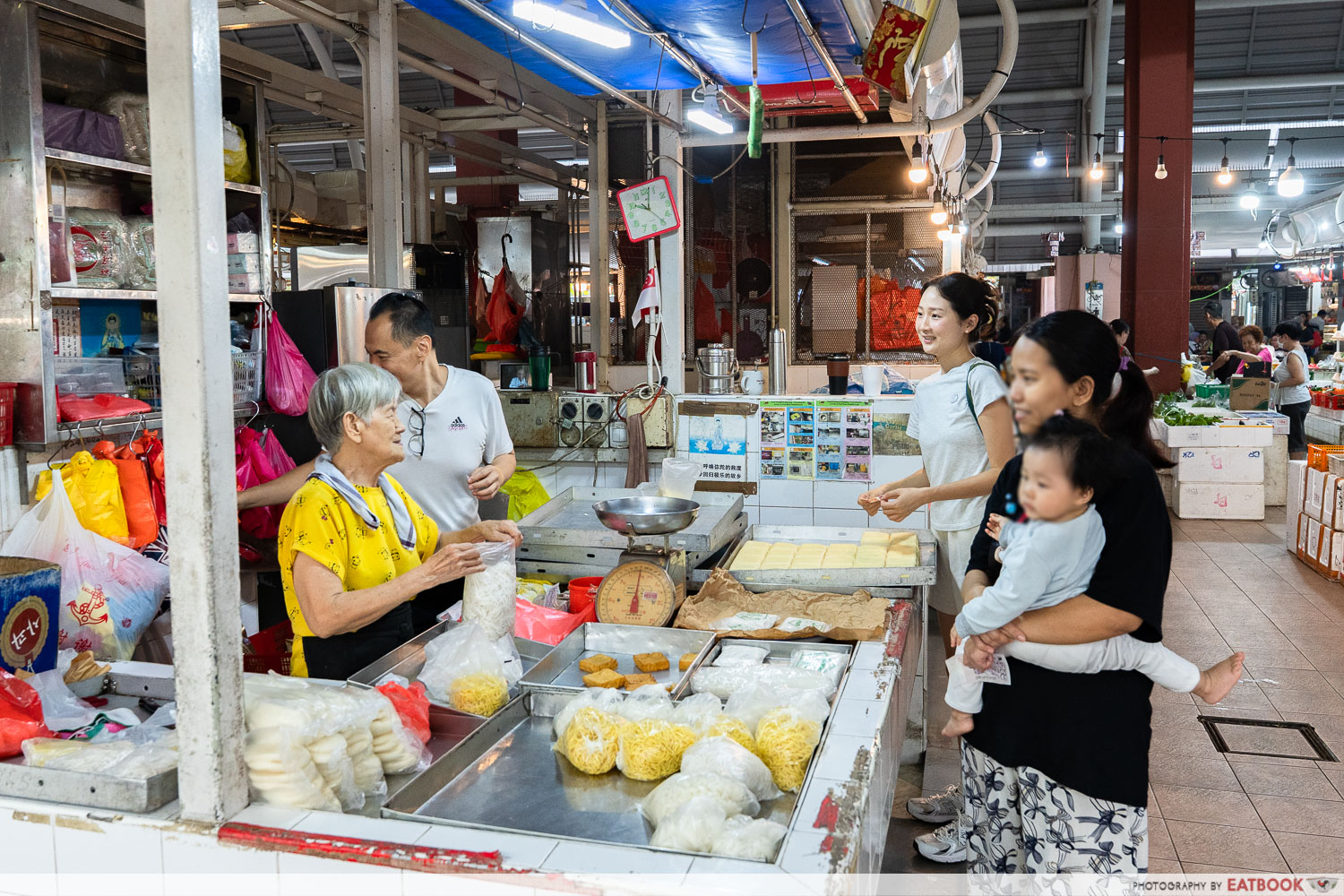
Another feasible initiative is the CDC Vouchers scheme—the government could consider setting aside a fixed portion specifically for spending at wet markets. Exposure opens doors to experiences, and with more people spending their time and money at wet markets, it could encourage repeated visits in the long run.
There’s no cookie-cutter approach or one-size-fits-all solution to the decline of wet markets. Yes, it can be frustrating, but it’s also heartening to see renewed interest among younger consumers. Pamelia’s book is a great testament to this, as are independent publications such as The Slow Press, which continue to uncover unconventional stories about food and our wet market culture.
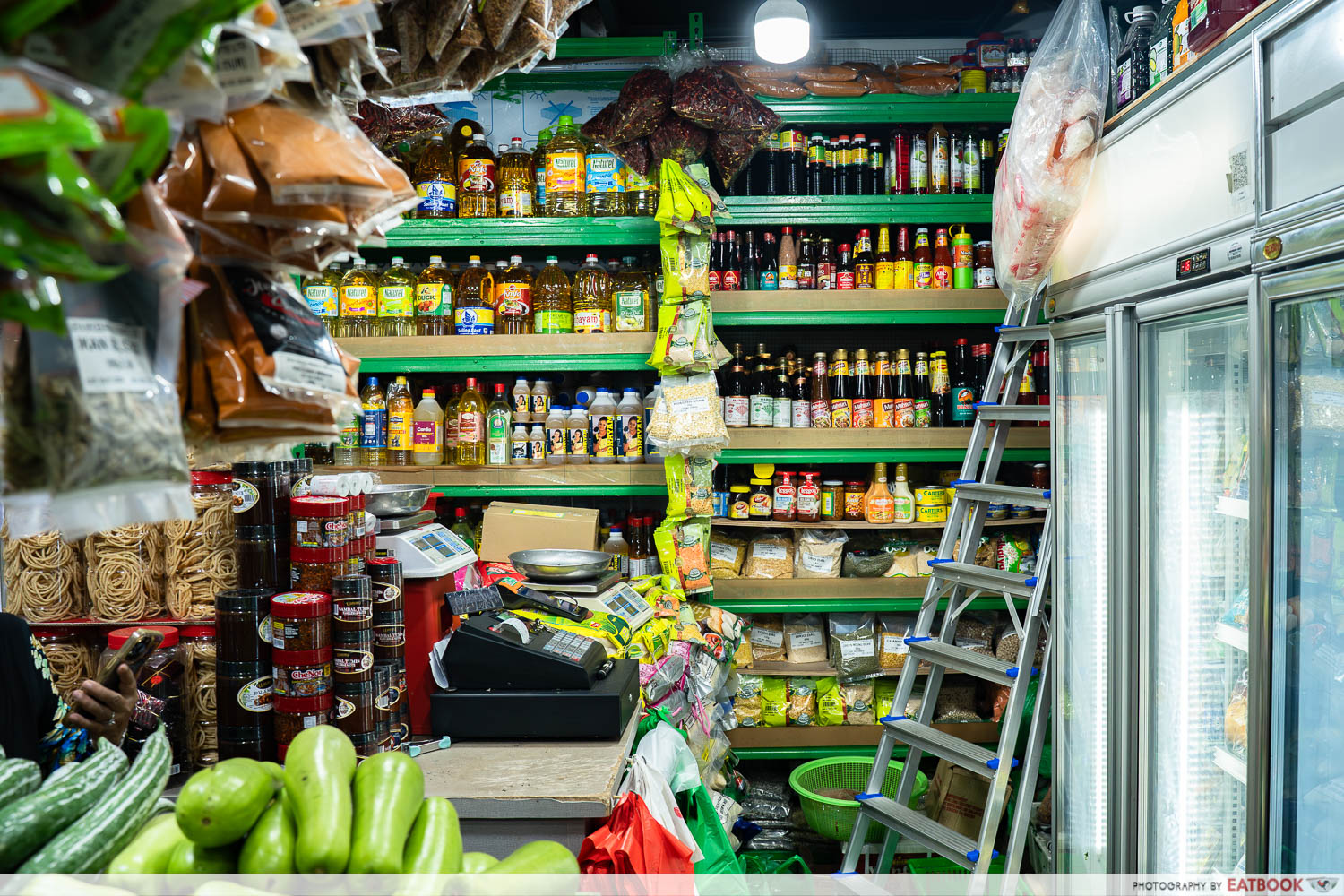
No one knows what the future holds, but like all things in life, wet markets in Singapore must continue to evolve to stay relevant. I believe that effort never goes to waste, and the hard work of our wet market vendors will one day see the light at the end of the tunnel.
For more interesting hawker stories, read our Hung Huat Cakes & Pastries feature, where we interview a young couple running their family’s old-school bakery. You can also check out our new heritage recipe series, featuring traditional ngoh hiang and asam pedas.
Jeya Spices
Address: Block 294 Yishun Street 22, #01-327, Singapore 760294
Opening hours: Tue-Sat 6am to 9pm, Sun 6am to 4pm, Mon 6am to 12pm
Website
Jeya Spices is not a halal-certified eatery.
SanDai Fishball
Address: 22 Lorong 7 Toa Payoh, #01-82/83, Kim Keat Palm Market, Singapore 310022
Opening hours: Tue, Thurs & Sat-Sun 6am to 10:30am
Website
SanDai Fishball is not a halal-certified eatery.
My Aunt’s Love Language Is Asam Pedas—This Is Her 100-Year-Old Recipe
Photos taken by Marcus Neo.
This was an ode to all our wet markets in Singapore by Eatbook.sg.

Drop us your email so you won't miss the latest news.

